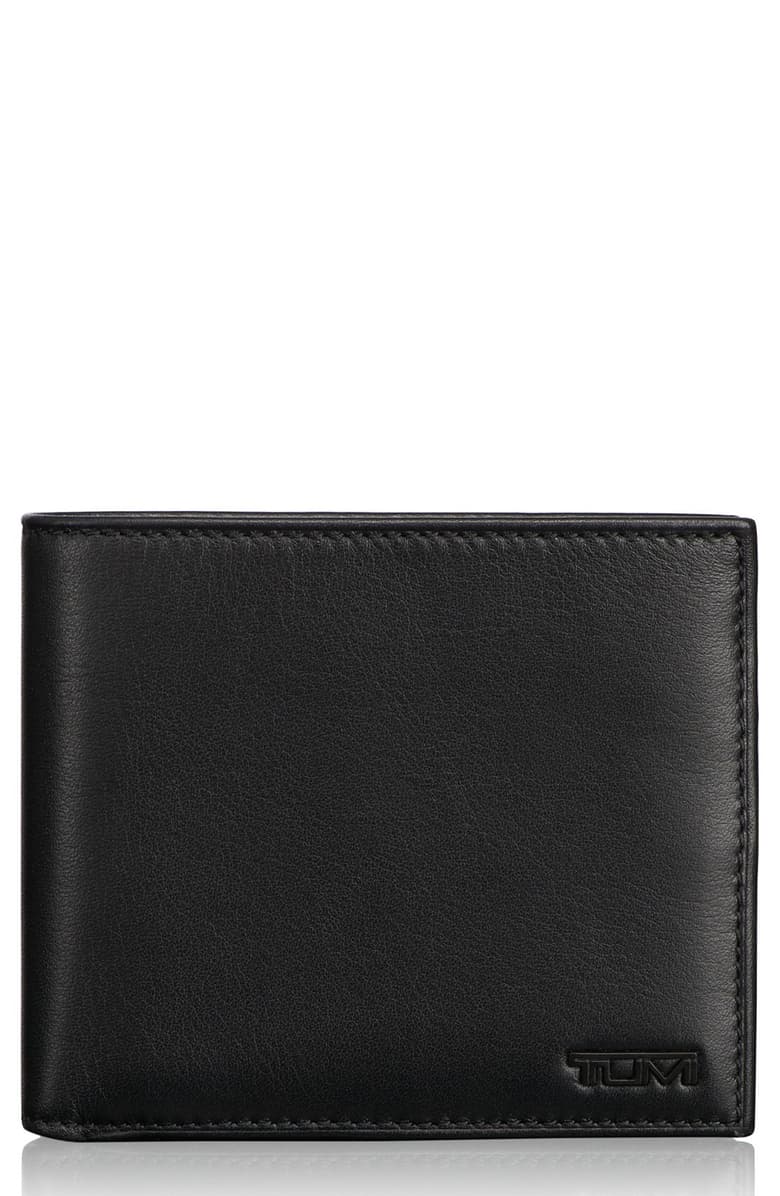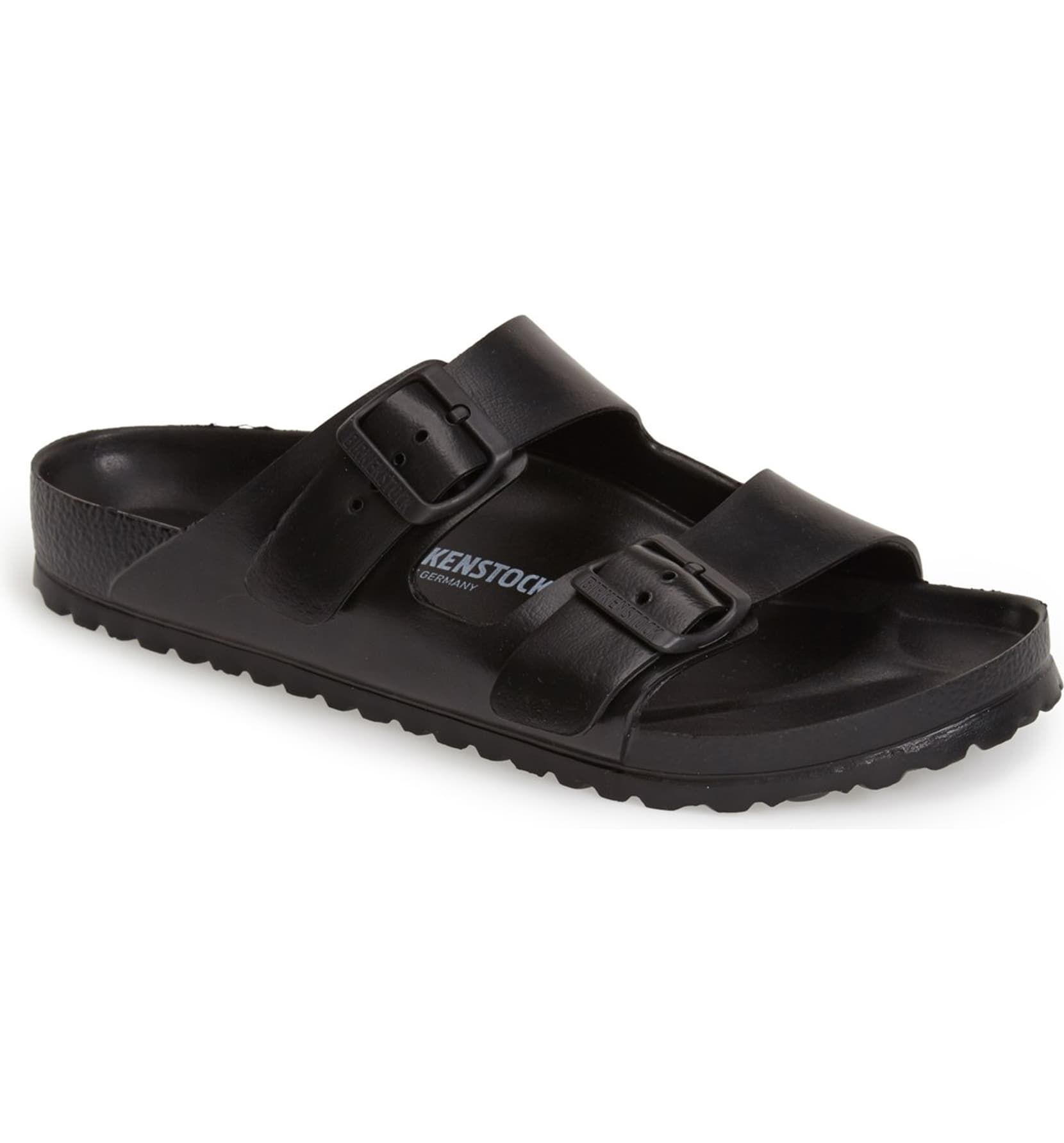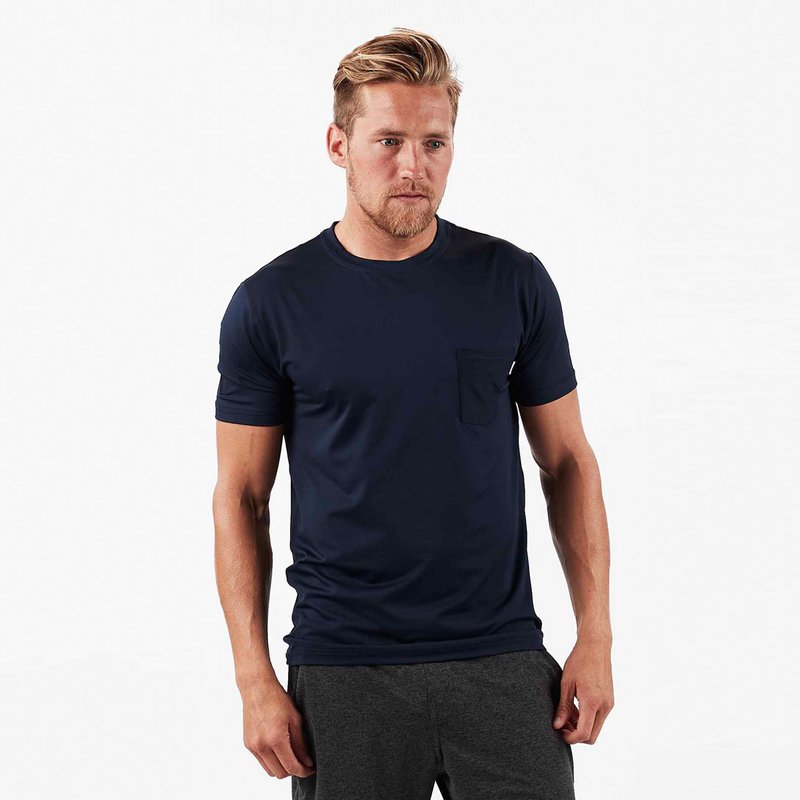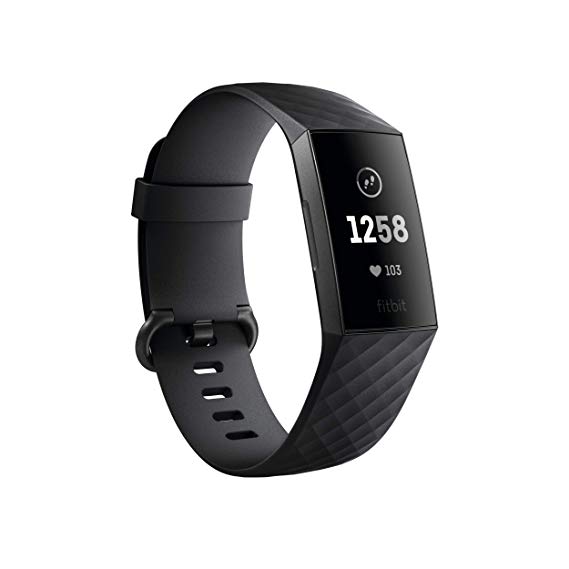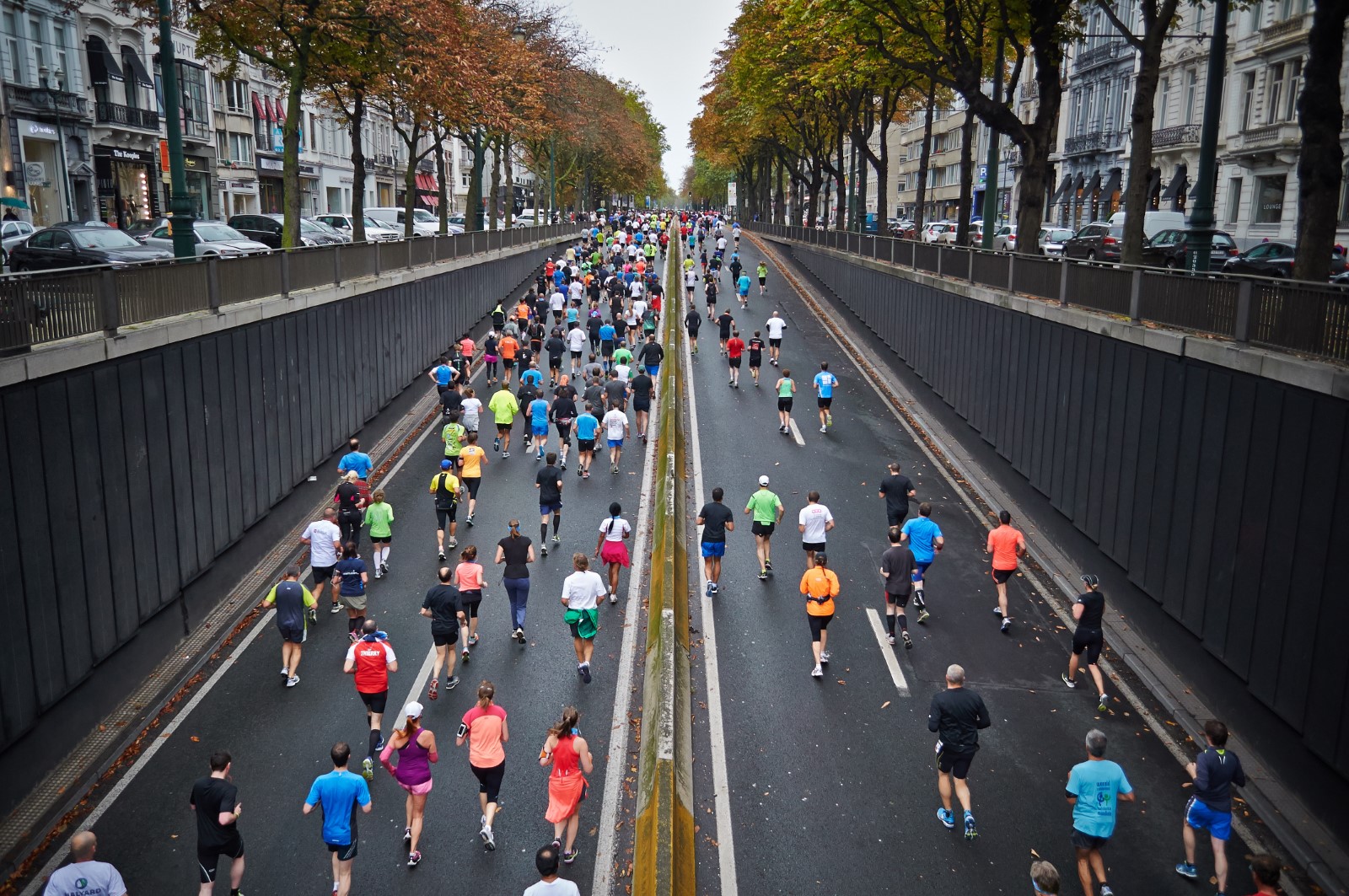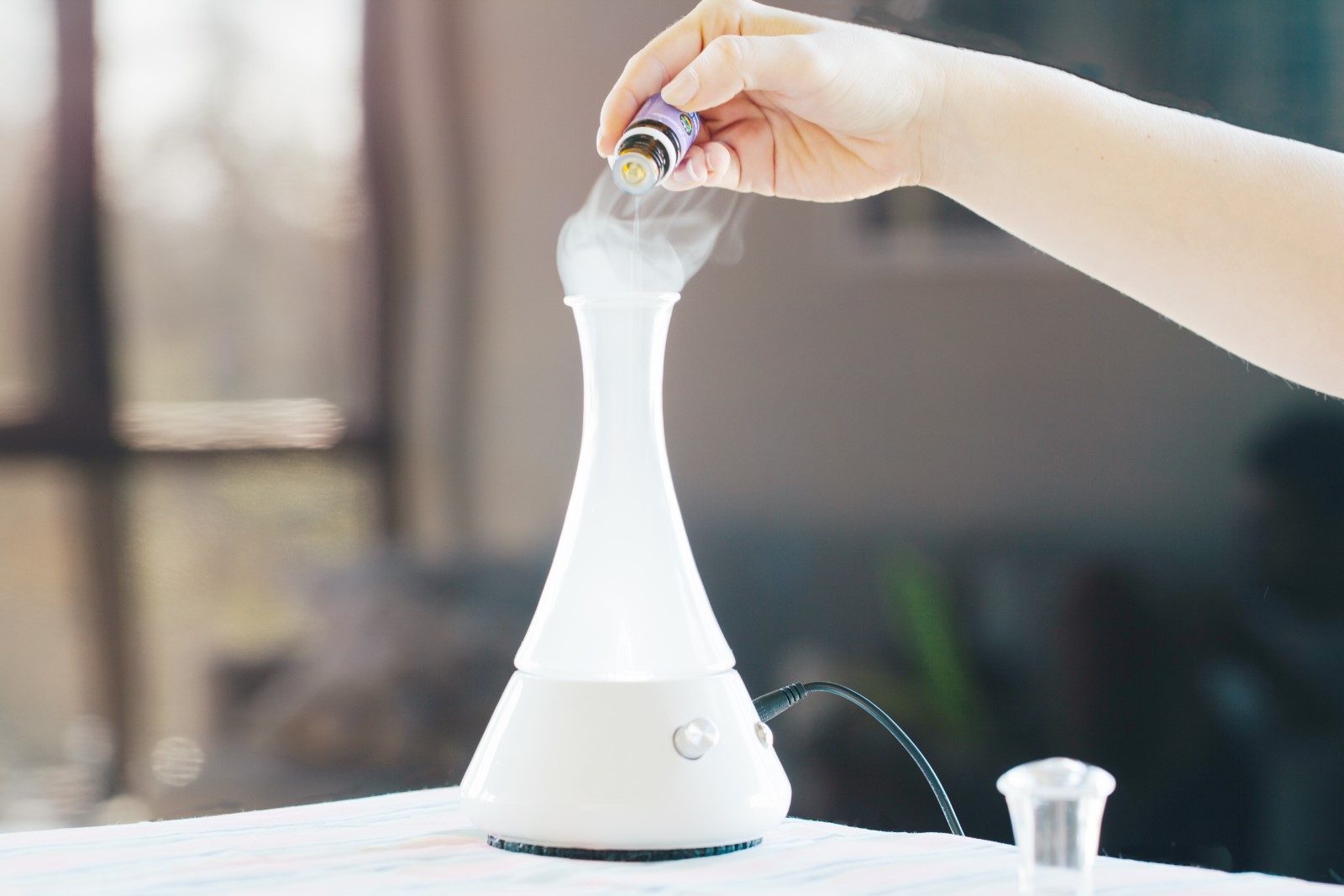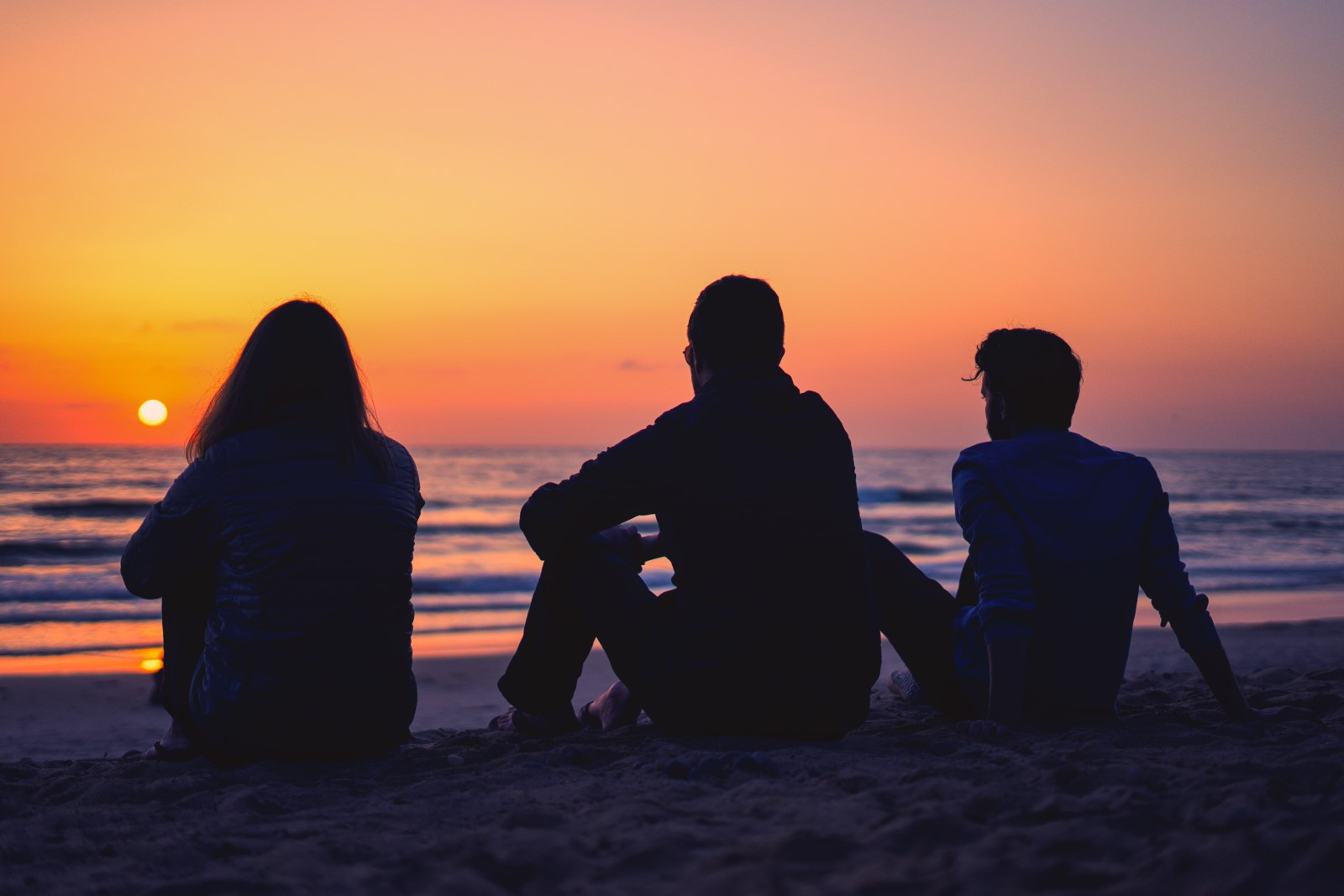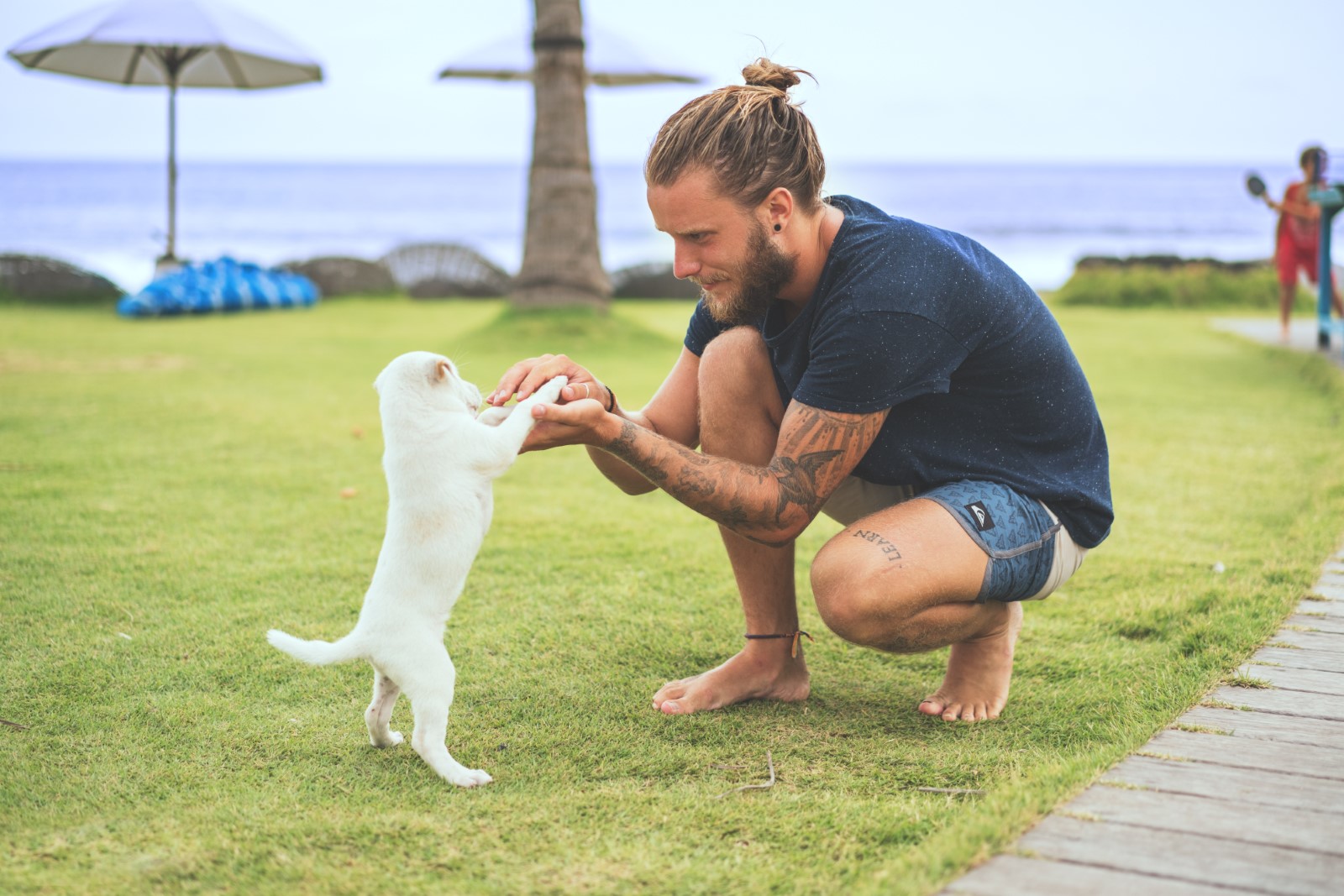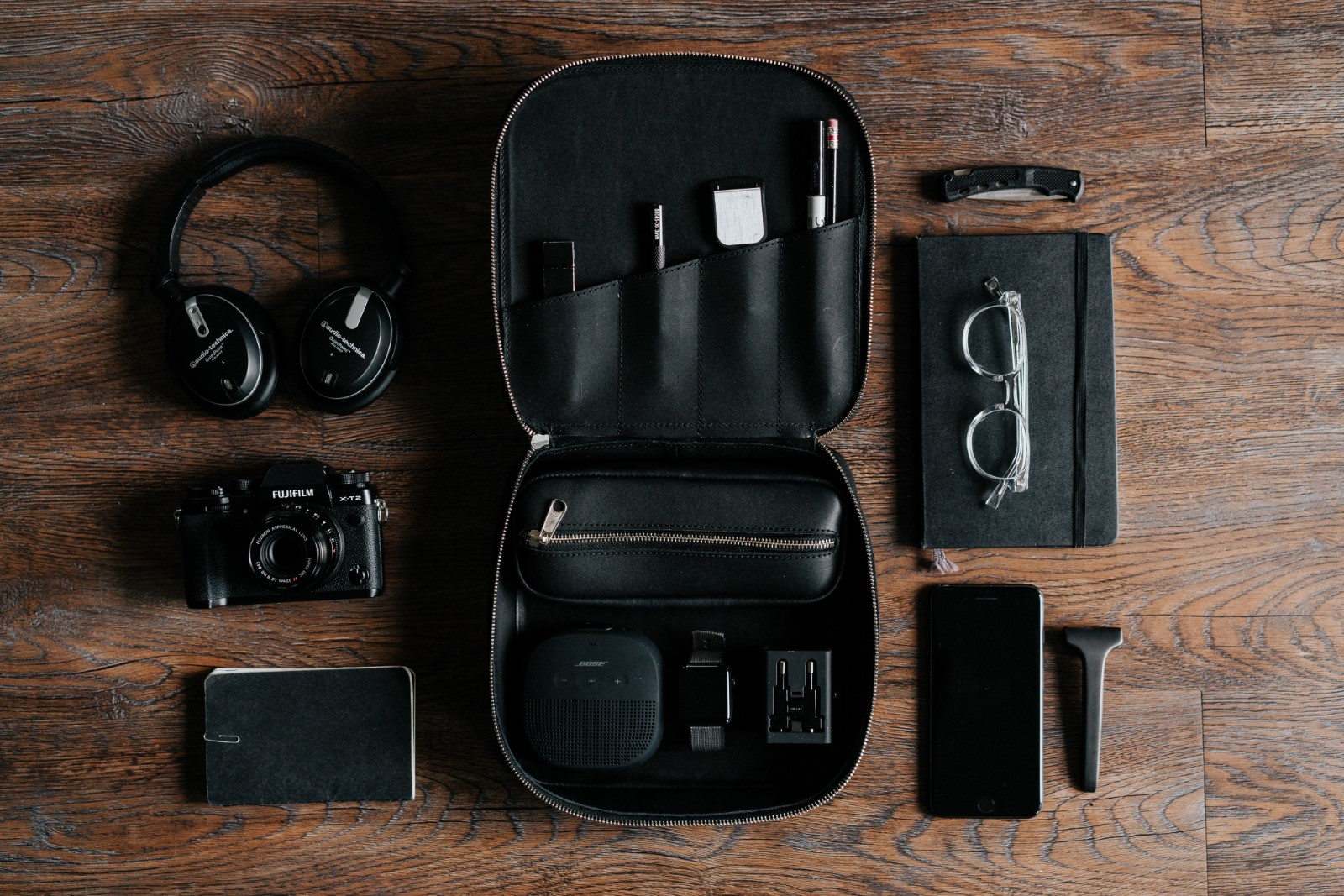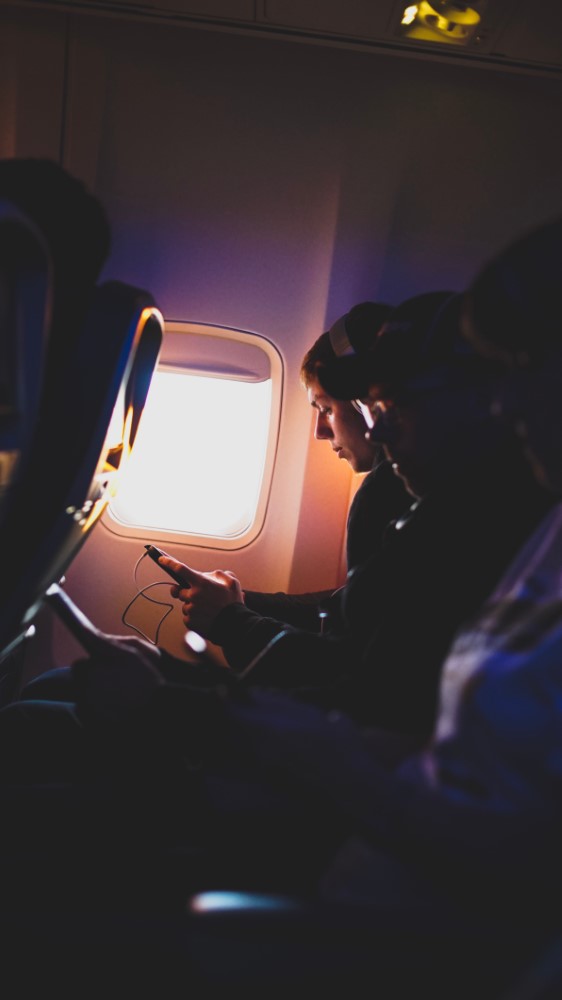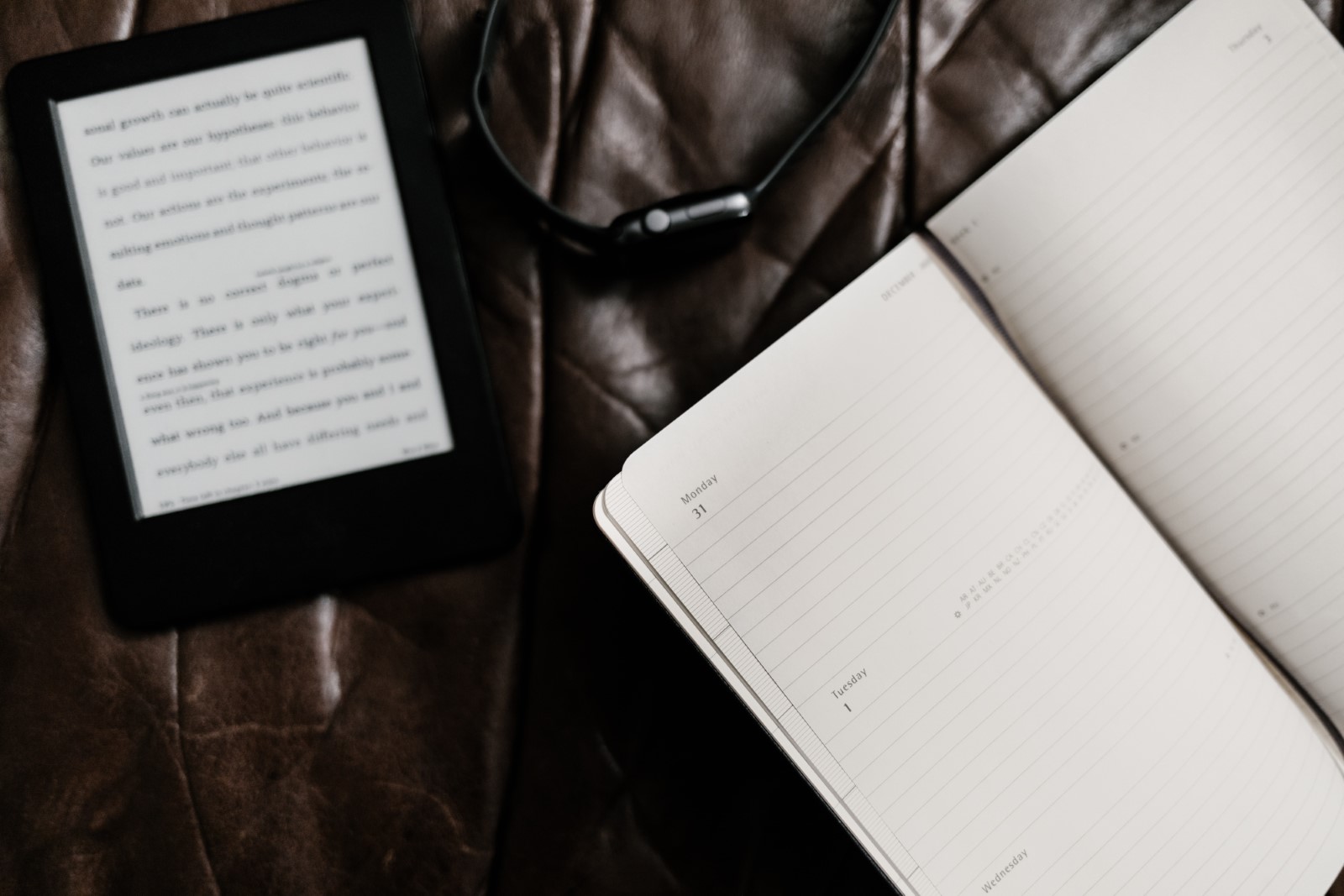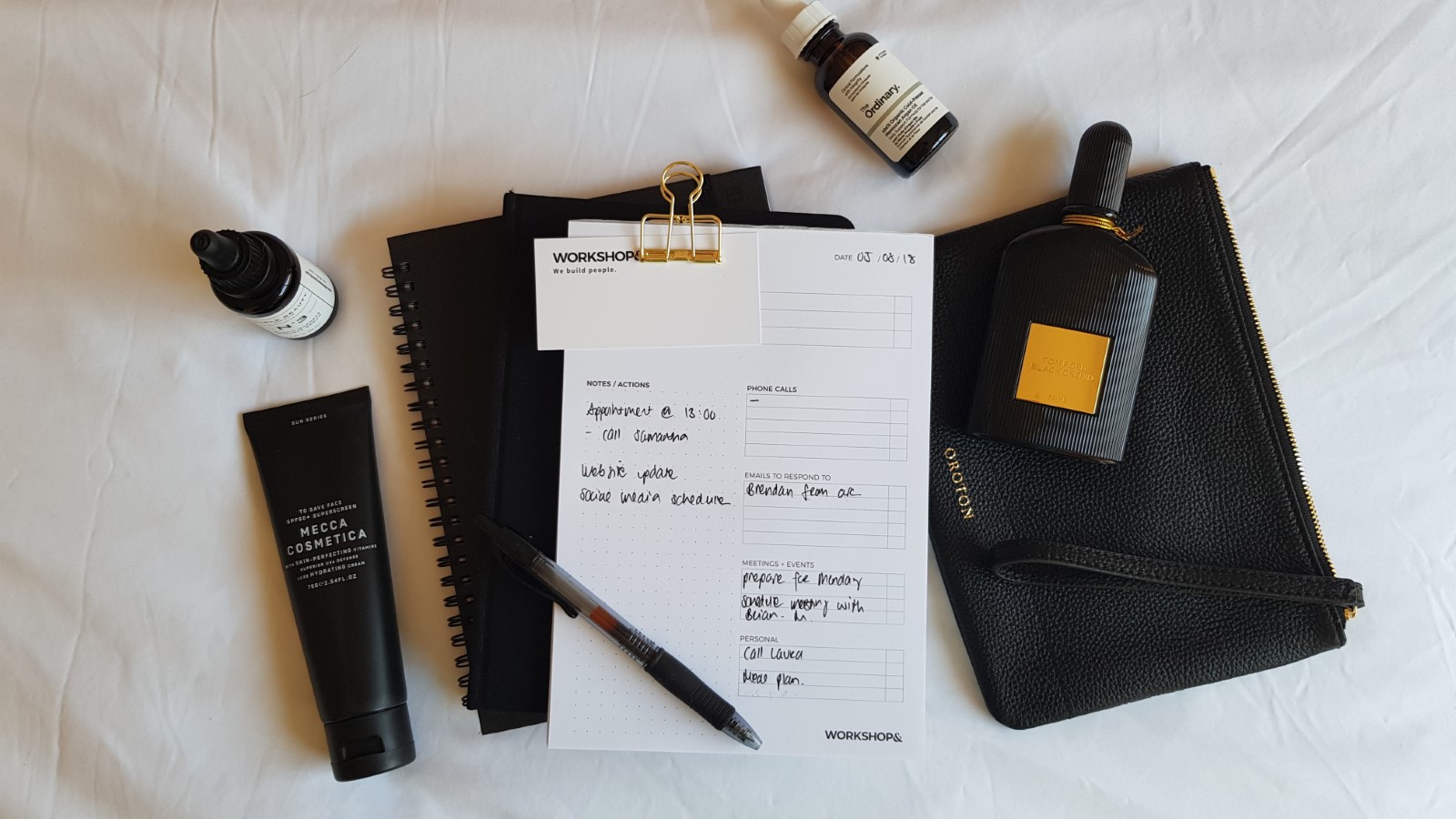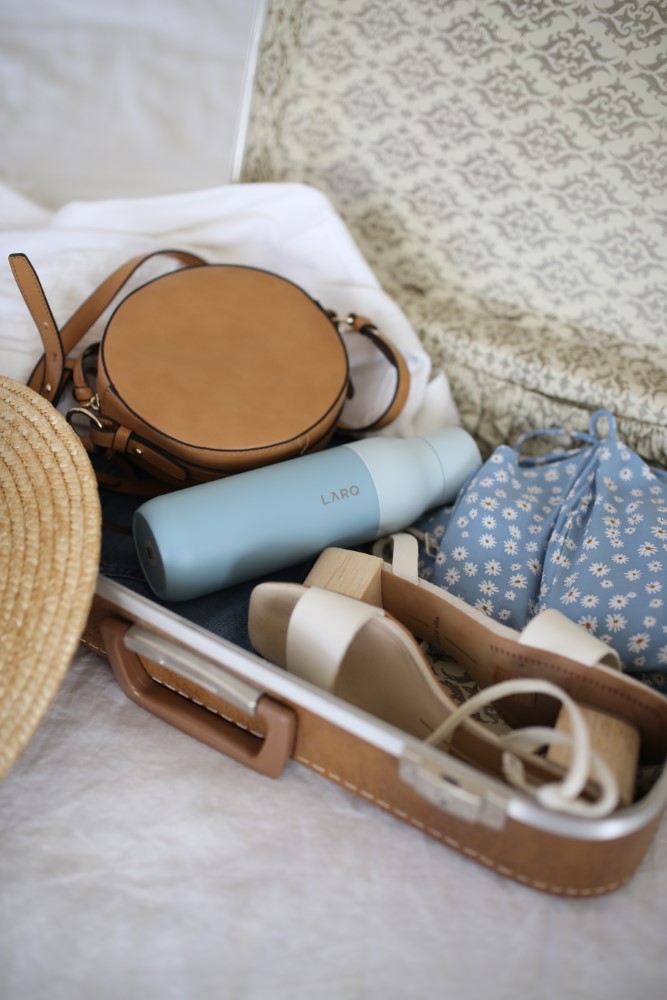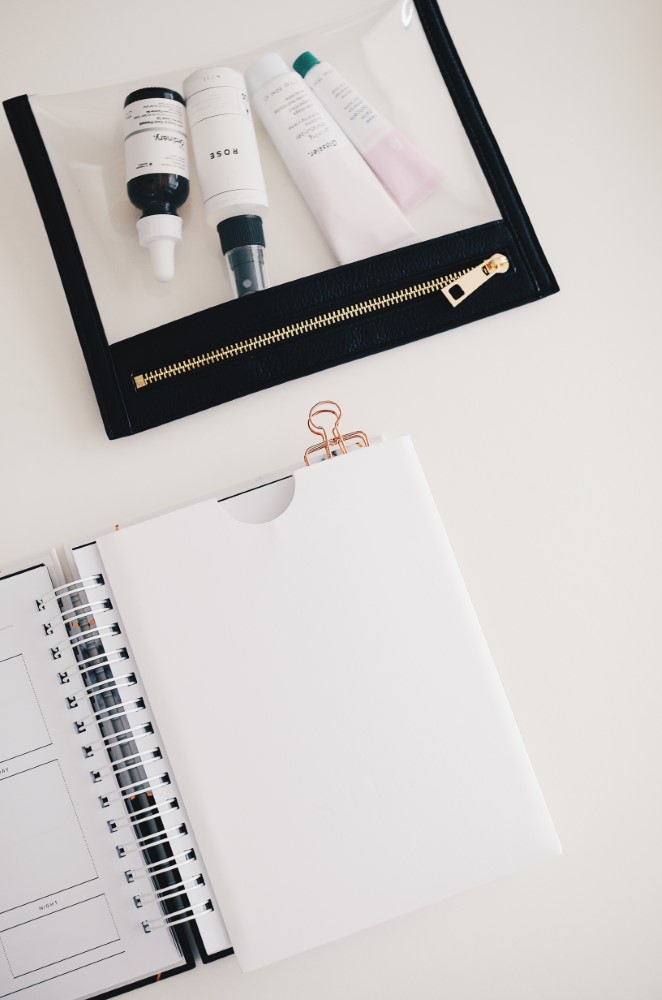If you’re still purchasing single-use plastic cutlery and cups for your parties, you might want to think again. Plastic can take 10,000 years or more to disintegrate, all the while releasing toxic chemicals into the Earth. And if you think about how much single-use plastic cutlery is tossed away after each party, it won’t come as a shock to us if we end up living in a world made of complete and utter trash. And how, you may ask, do we even go about hosting a zero-waste party?
Well, the answer is to stop thinking in terms of convenience and to start becoming more aware. If you’re conscious of the plastic you use and toss away, you’ll begin to realize how much of it you’ve actually used over the years. We did, and we certainly found some creative ways to reduce single-use plastic consumption. We think you can too.
Here’s some food for thought: why do we use and dispose of plastic so frivolously when the material lasts practically forever?
Use REAL silverware and plating
For smaller gatherings, the answer is in reusables. Now, bear with us for a sec, we know it seems daunting to use silverware and real plates when hosting, but it’s much easier than you may think. Guests are usually more attentive with silverware and plating because it comes with the notion that you only get one! Single-use plastic cutlery and plates, however, are considered disposable and abundant, so it’s likely someone will toss it away right and be quick to grab a new one.
Keep your washing machine handy and allow a few willing guests to help with clean-up. You’ll be surprised when your guests spring to help you since you busted out the fine china (or Ikea?). It makes your gatherings that much more special.
Use glassware and labels
Go for glassware that’s versatile and that will hold up for many parties to come–like mason jars–to avoid using single-use plastic cups. We know that rustic style isn’t for everyone, but there are ways to dress them up for any occasion. We love mason jars because they are just that–versatile and pretty durable considering the material. Labeling will help guests hold onto their glasses instead of grabbing a new one.
For labeling, get creative. Tie a ribbon around the jar below the ridges and include a felt tip Sharpie so your guests can write their names. The ribbon will stay on throughout the event and you don’t have to worry about your jars being ruined. If ribbons aren’t your thing, you could also invest in some chalkboard labels for your jars. You stick these on and allow your guests to write their names in chalk–erase them after the party and reuse! Have fun with it. There are plenty of creative ideas you can use to fit your party’s theme.
How about for beer pong?
Don’t worry, you can still have your fun! If you and your crew love beer pong, maybe it’s time to invest in reusable stainless steel party cups. Yes, they do exist, and you’re welcome. If you must, however, try to reuse your plastic cups as much as possible instead of getting new cups every time. You can even label them so you know for the next party that they’re for beer pong.
Water
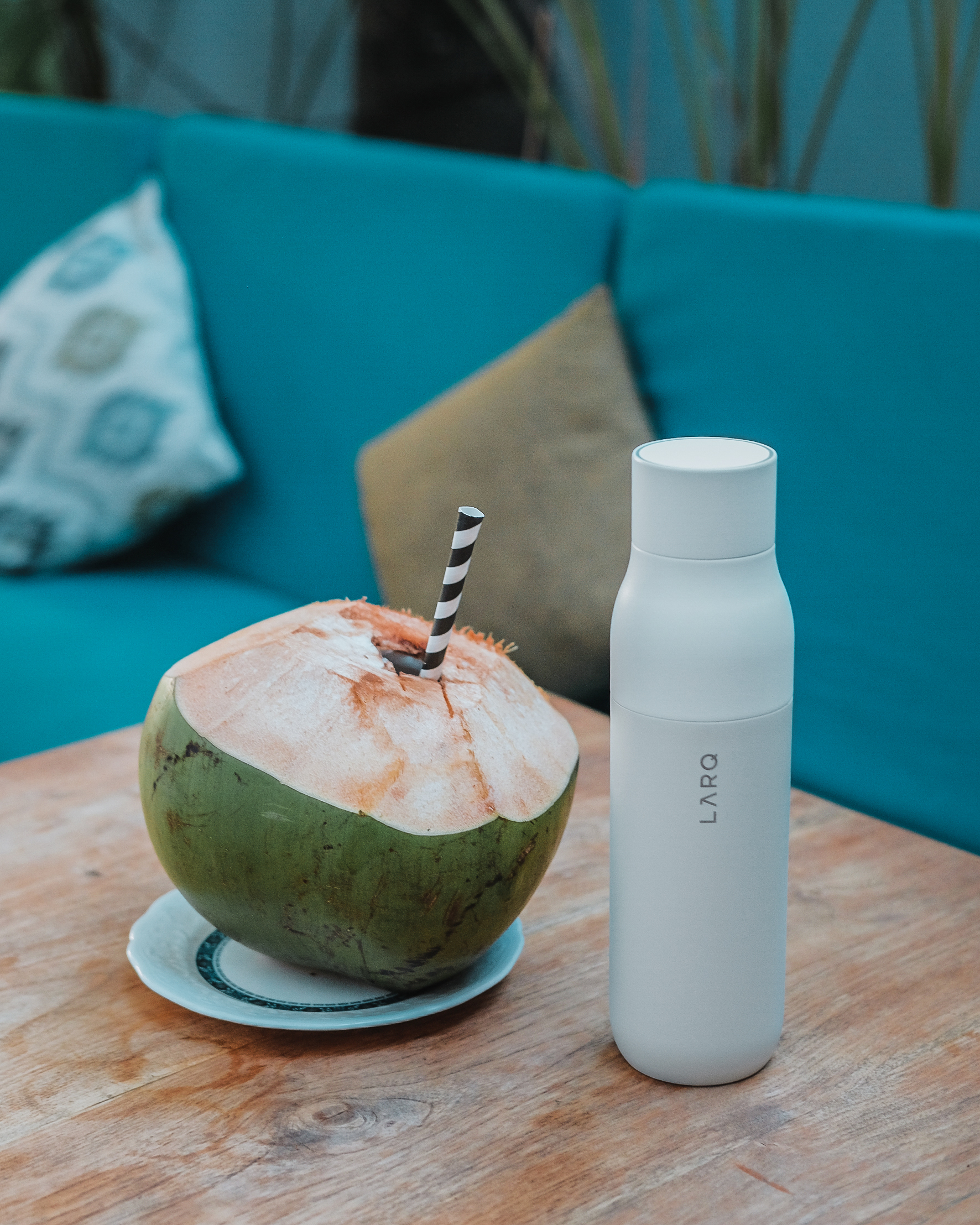
When it comes to water, the most common, quick and convenient thing to do is to buy a case of bottled water for your party. But let me ask you this–how often will you find a bunch of half full bottles of water around unclaimed and forced to pour out the water and toss the bottle? Too many times. Not only is that contributing to plastic pollution, but it also is a complete waste of water!
The solution? Encourage guests to drink tap water. You can fill up some pitchers with iced tap water at the table that will make a great addition to the table setting. For extra filtration, add a stick of activated charcoal into the water overnight so you’ll have filtered water by the day of the event. If you’re attending any party, bring your water purifying LARQ Bottle and avoid using another glass for water.
Straws
By now, you should know better than to buy a bunch of plastic straws for your party. Depending on the type of drinks you’re serving you might not even need straws and we can trim off unnecessary waste here for sure. But if you absolutely must, try to find paper straws instead which are widely available at stores like Target, Walmart, and even discount stores. For more durable reusable straws that your guests can even take home as party favors, try reusable bamboo straws. They’re biodegradable so, at the end of their lifespan, they won’t be contributors to the growing issue of waste.
Compostable cutlery and plates
These usually use abundant and extremely eco-friendly material, bamboo. Bamboo is 100% compostable and biodegradable, so it’s a great choice as a single-use substitute. You’ll find plates, cutlery, and all things bamboo with a quick google search. We’d highly recommend this if you’re having larger gatherings that you just don’t have enough silverware and dinnerware for–or if you’ve got children attending your gathering.
Label landfill, recyclable and compost bins
Too many a time we’ve been in the awkward position where we don’t quite know if there is a recycling bin at a party or if everyone’s just tossing things in the same large trash bag. To help your guests decipher what’s what, label or even color code your waste bins–even including examples of what to toss will help! Put them in layman’s terms; “Scrape off food waste here” or “EMPTY beer bottles only” are some easy-to-understand, easy-to-follow examples of instructions you should use! If you’re not sure what kind of plastics are recyclable, read about how to recycle plastics. This will help you properly dispose of all the trash without having to sort through everything in the end too. Yay for efficient clean-up!
Make an announcement to your guests
If you’re throwing a plastic-free or zero-waste party, you ought to let all your guests know. Shout it from the rooftops, include it in the Evite, or even make a sign at your party about it! Seriously, the more you educate your guests and friends, the more we can help save the environment one zero-waste party at a time. Plus, we’ll have a ton of fun in the process.
By cutting out single-use plastic from parties you throw, or encouraging others to eliminate the use of plastic at parties, you’ll be saving thousands of single-use plastic from entering our environment and polluting the Earth. Don’t forget that sustainable practices can be applied anywhere–from sustainable travel to ways to conserve water. Now, who needs a drink?
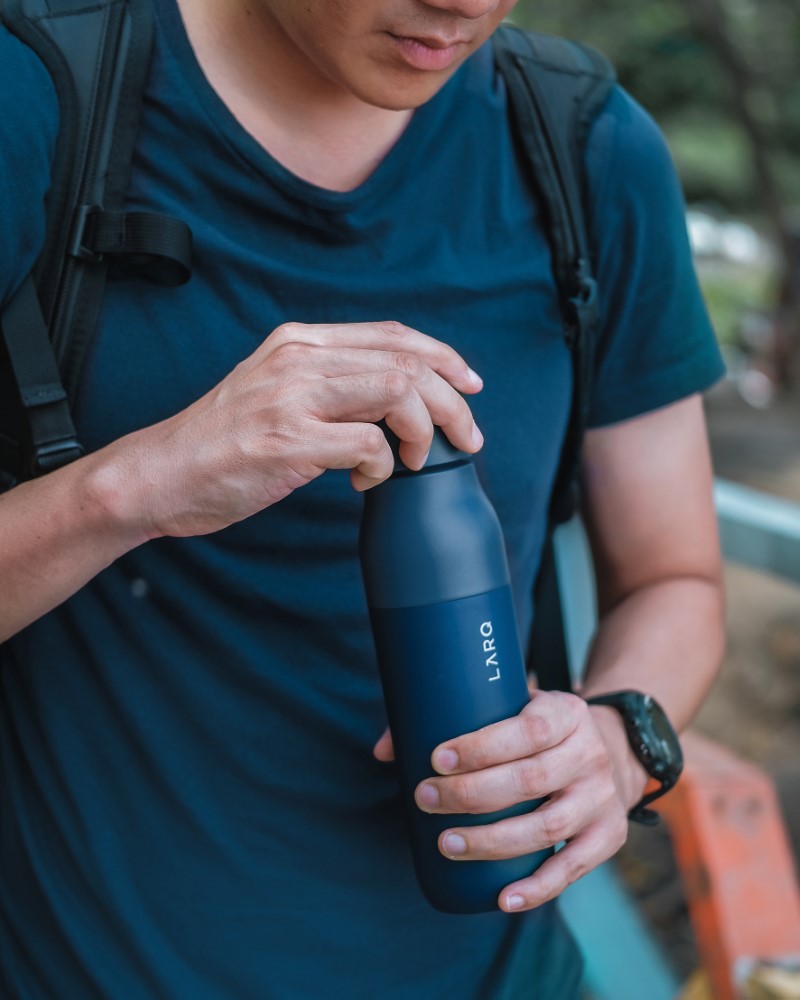
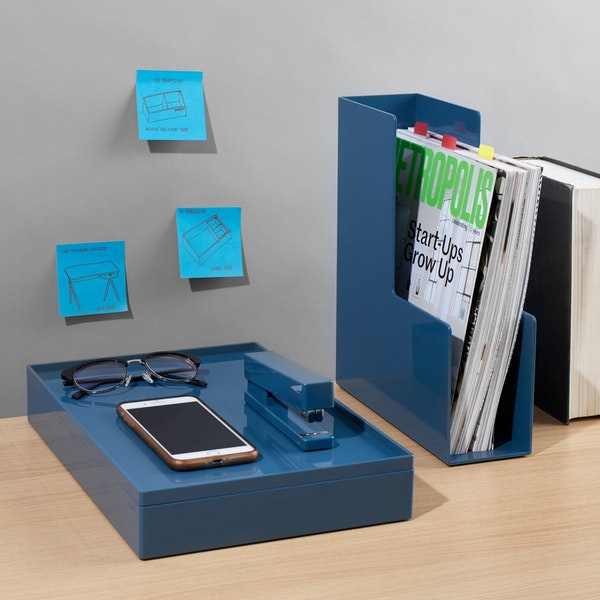
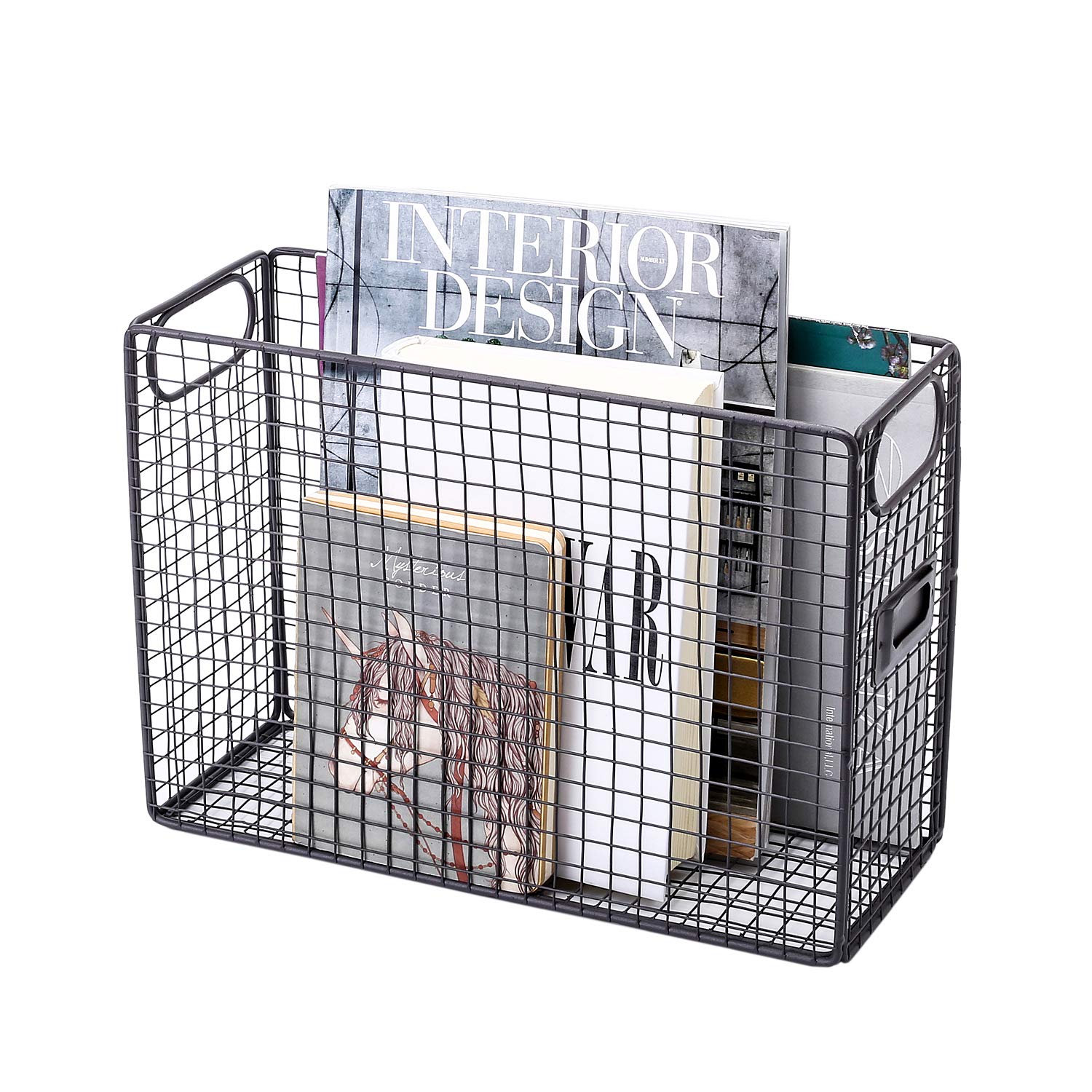
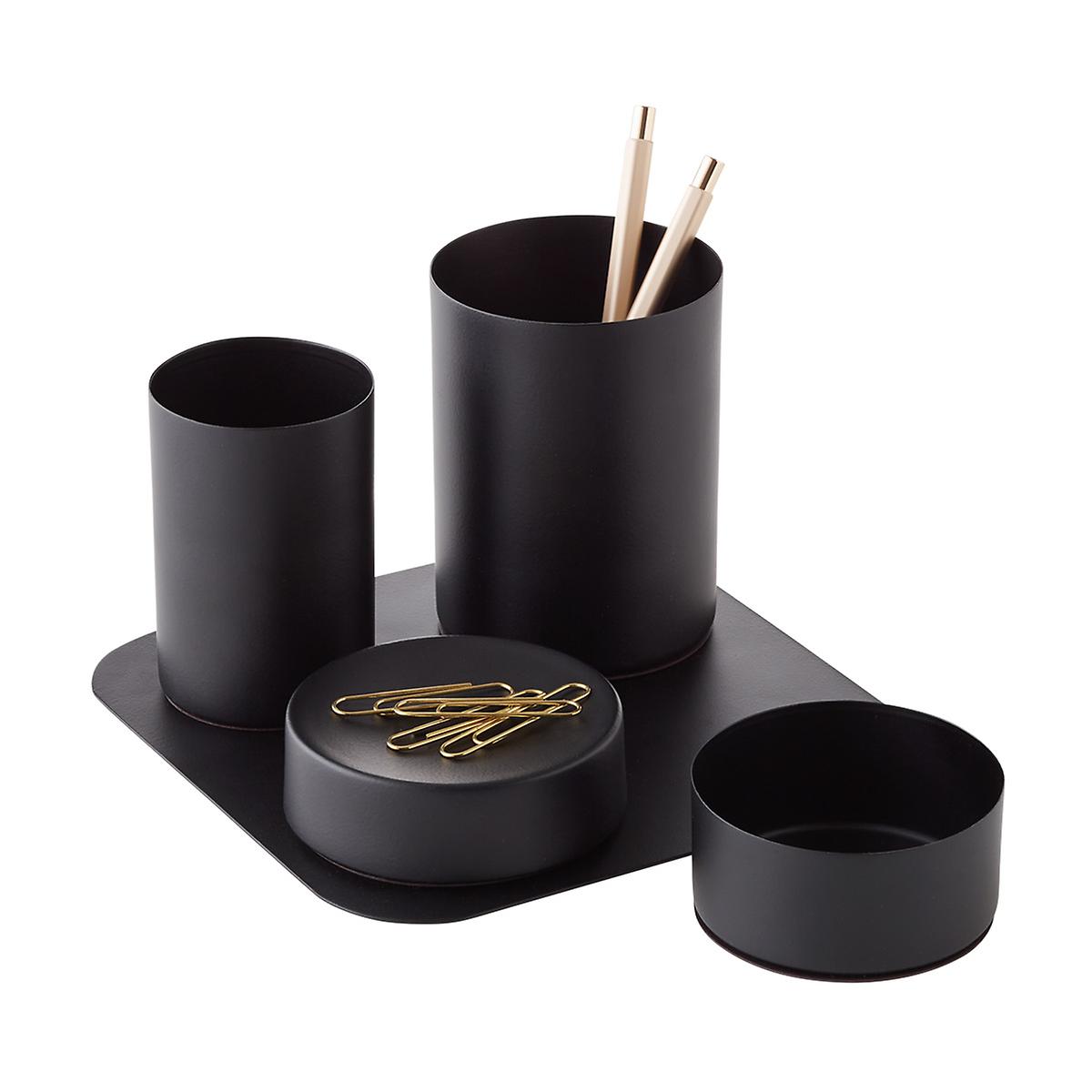
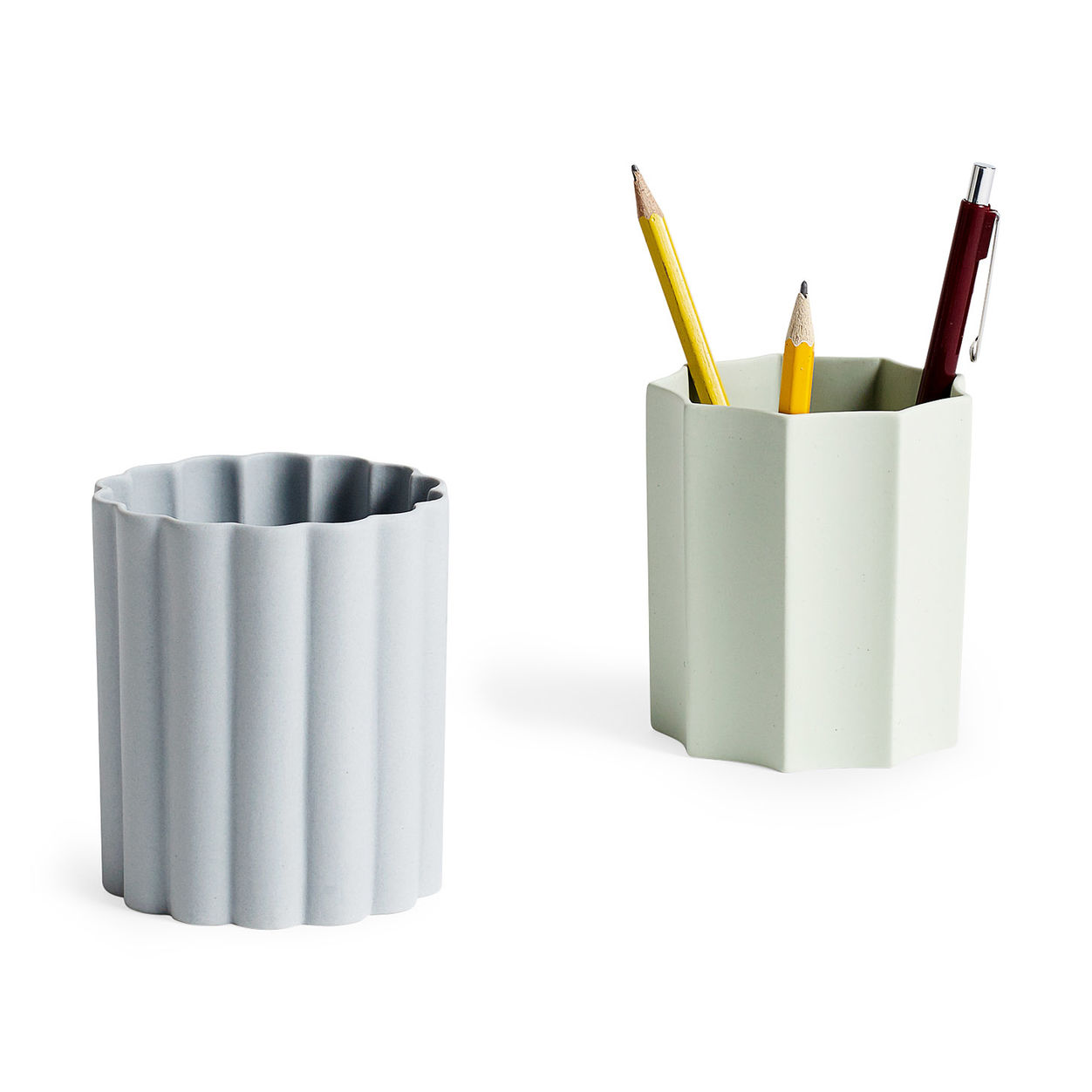
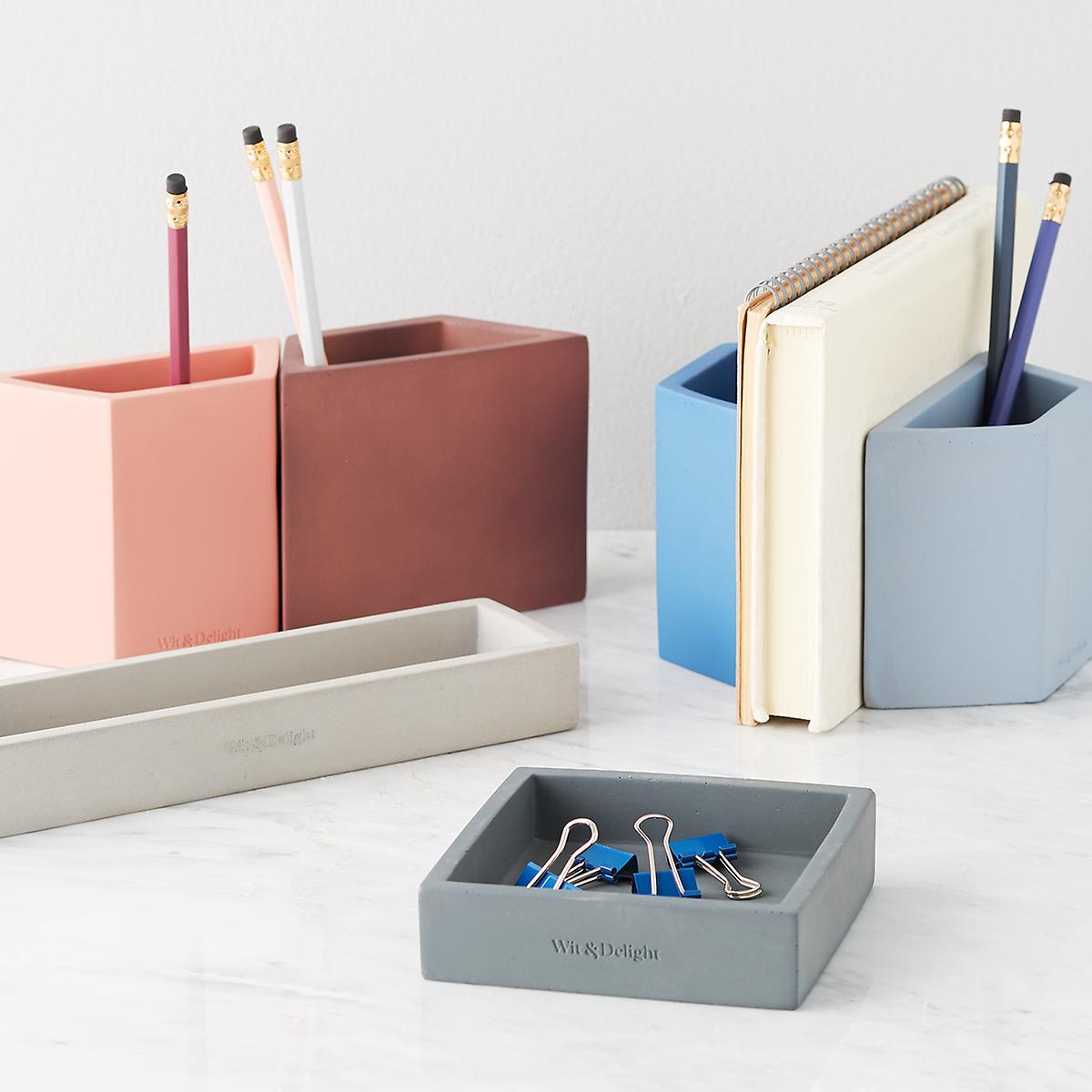
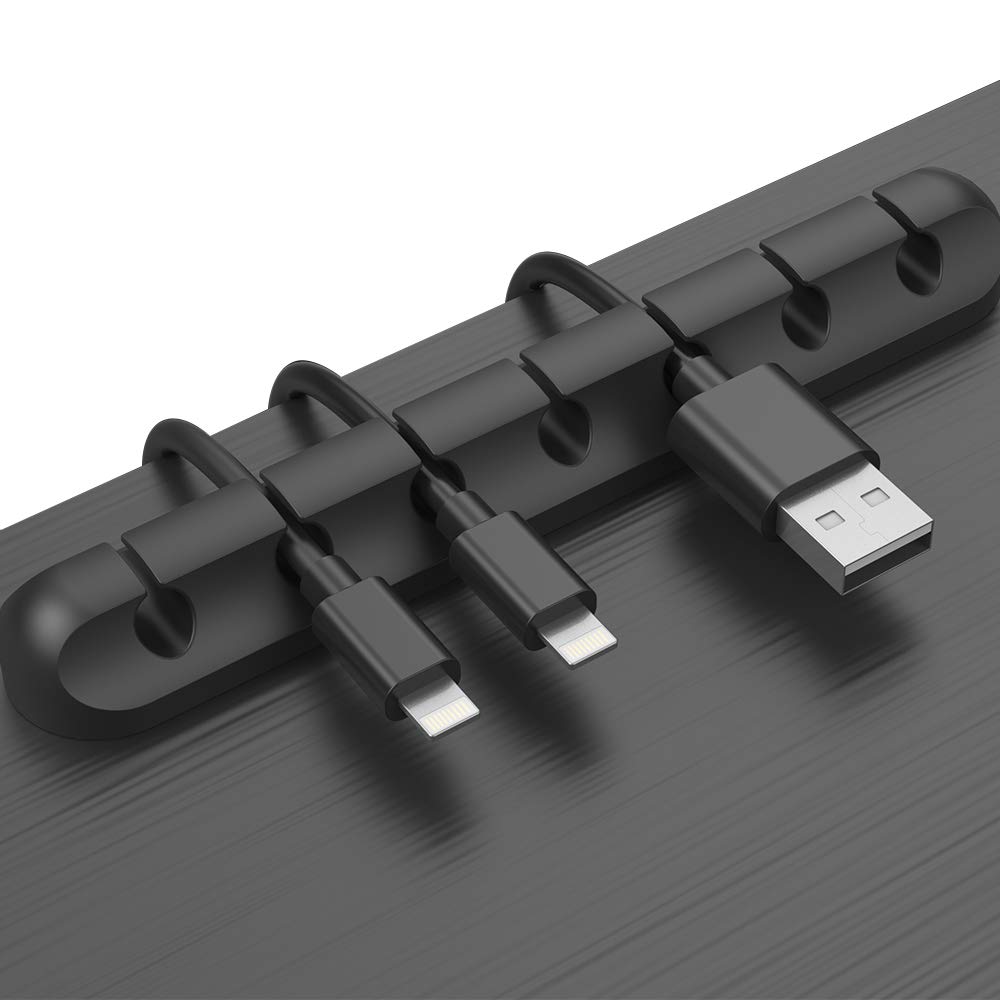
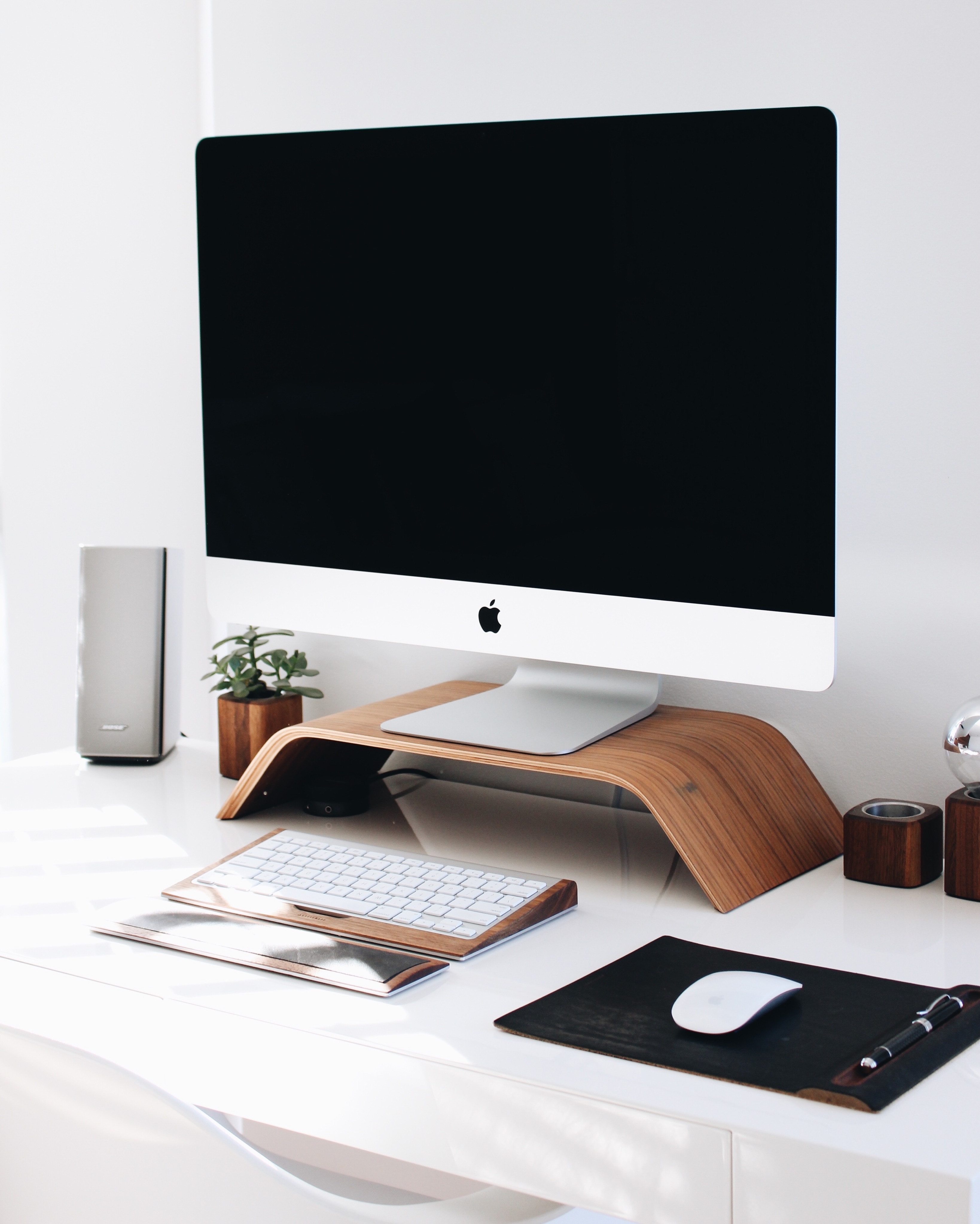
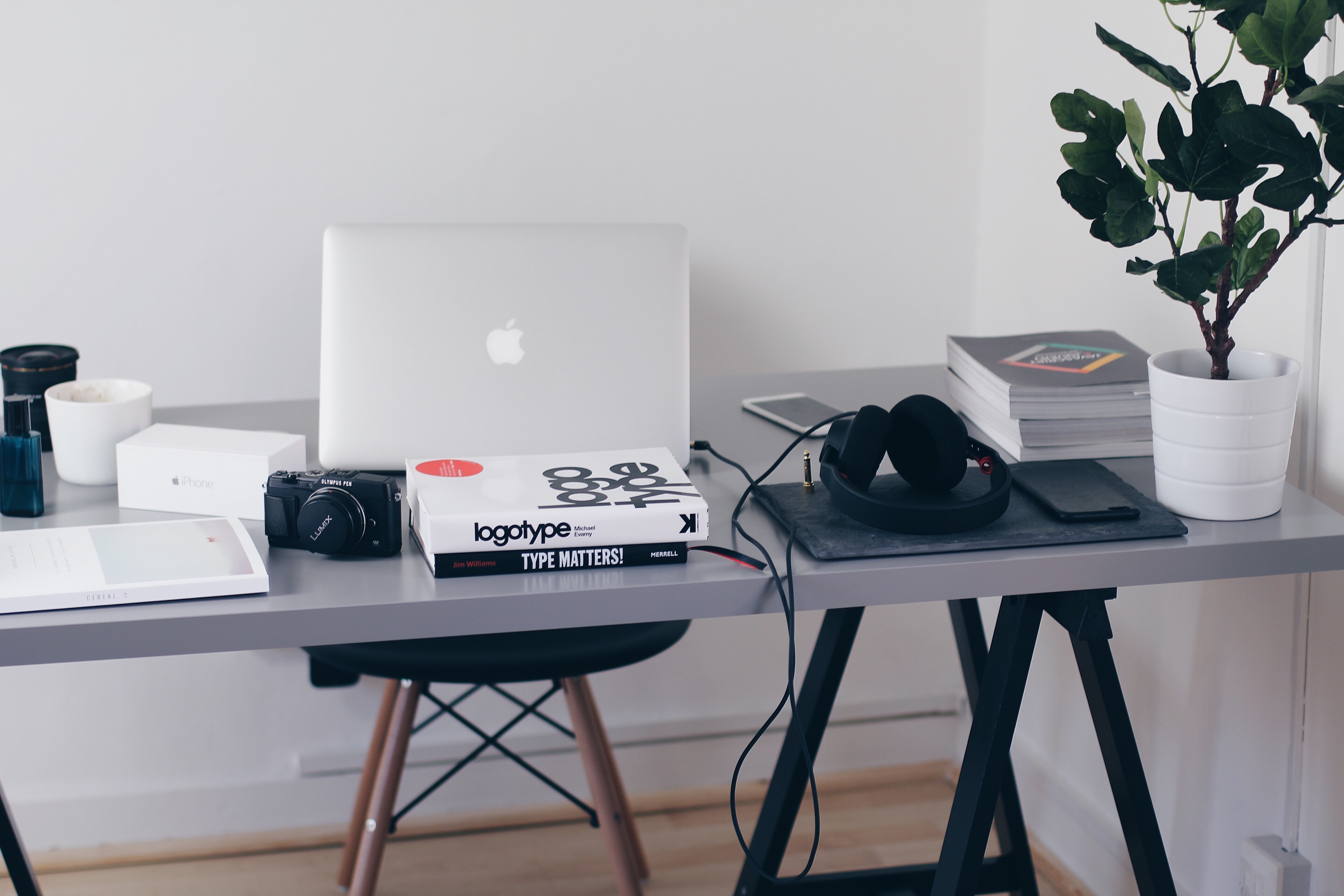

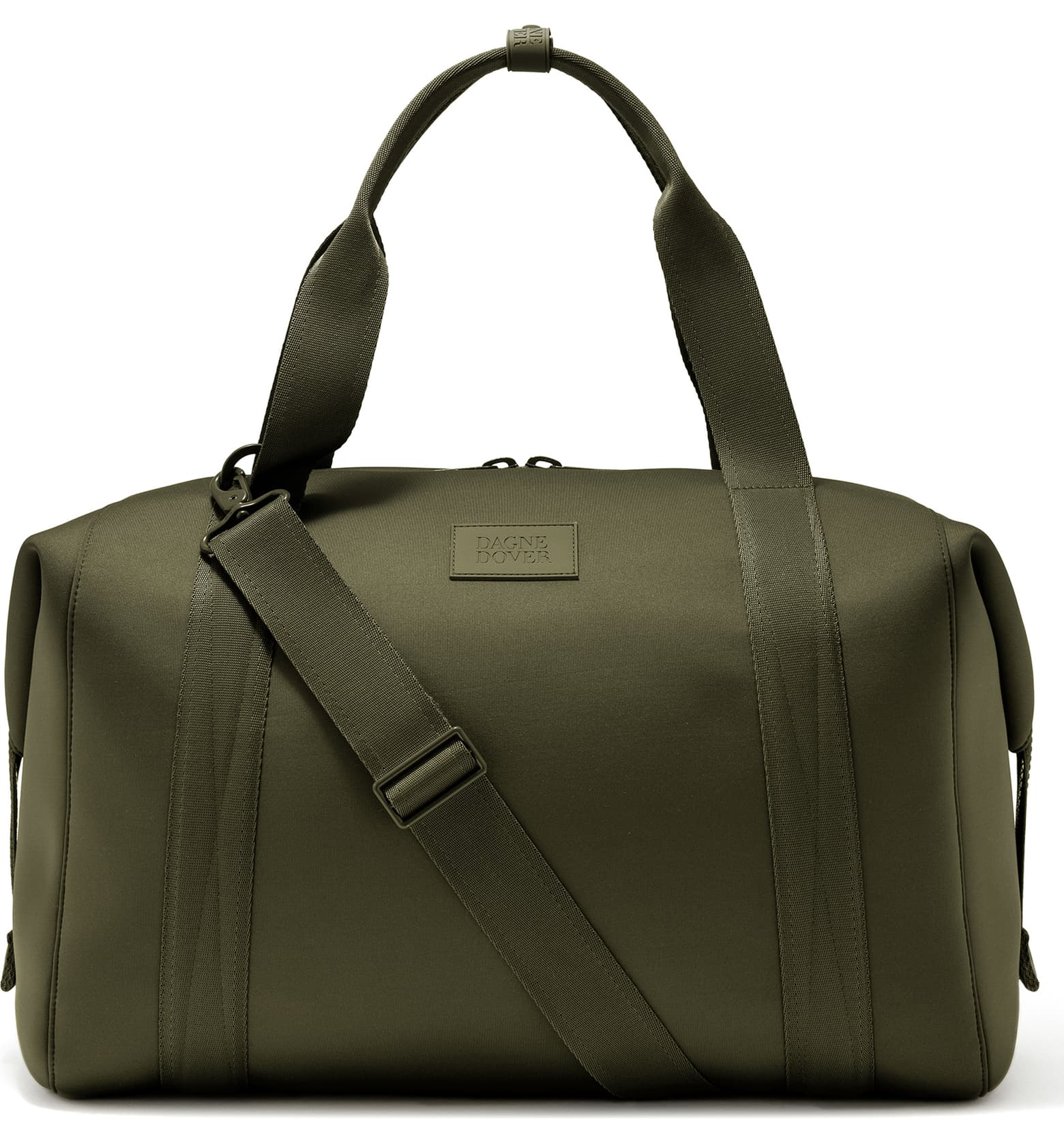
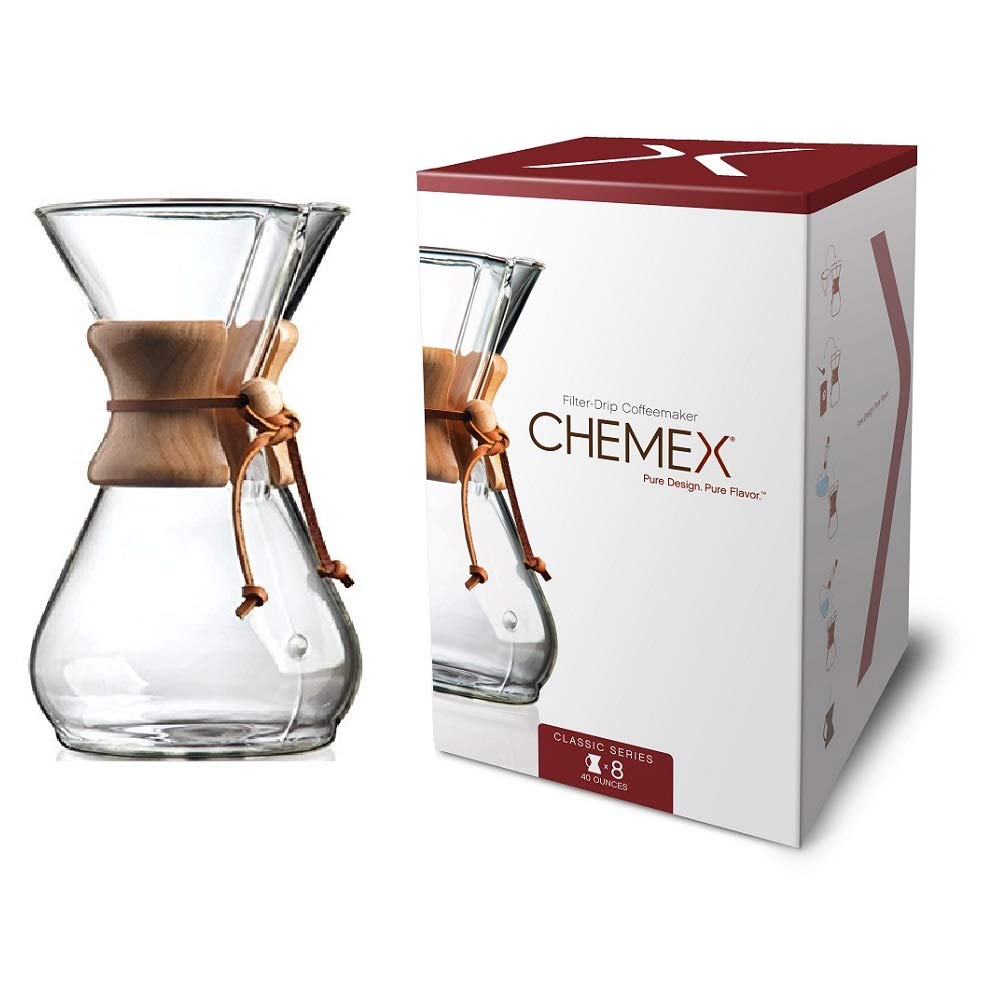
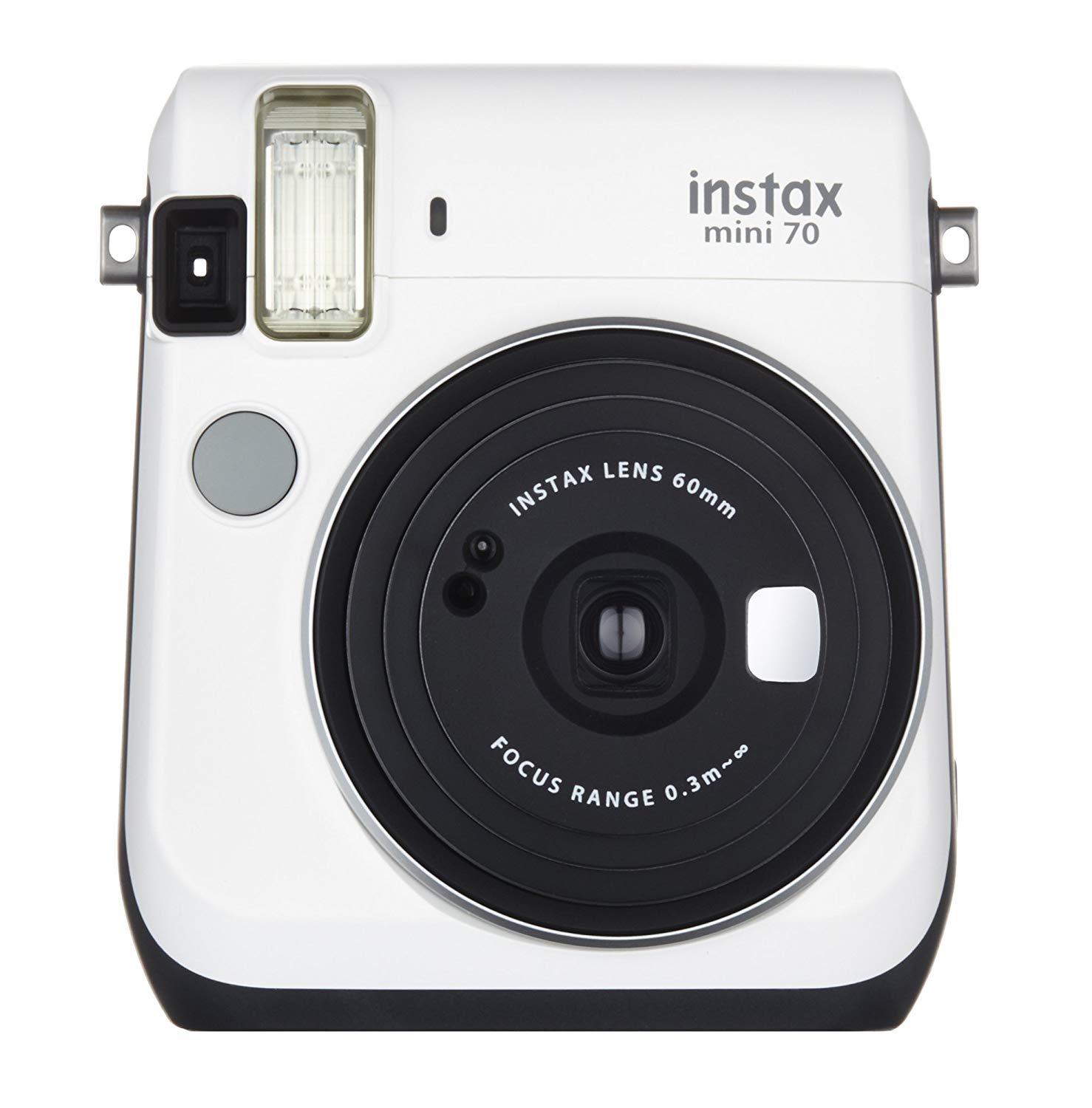
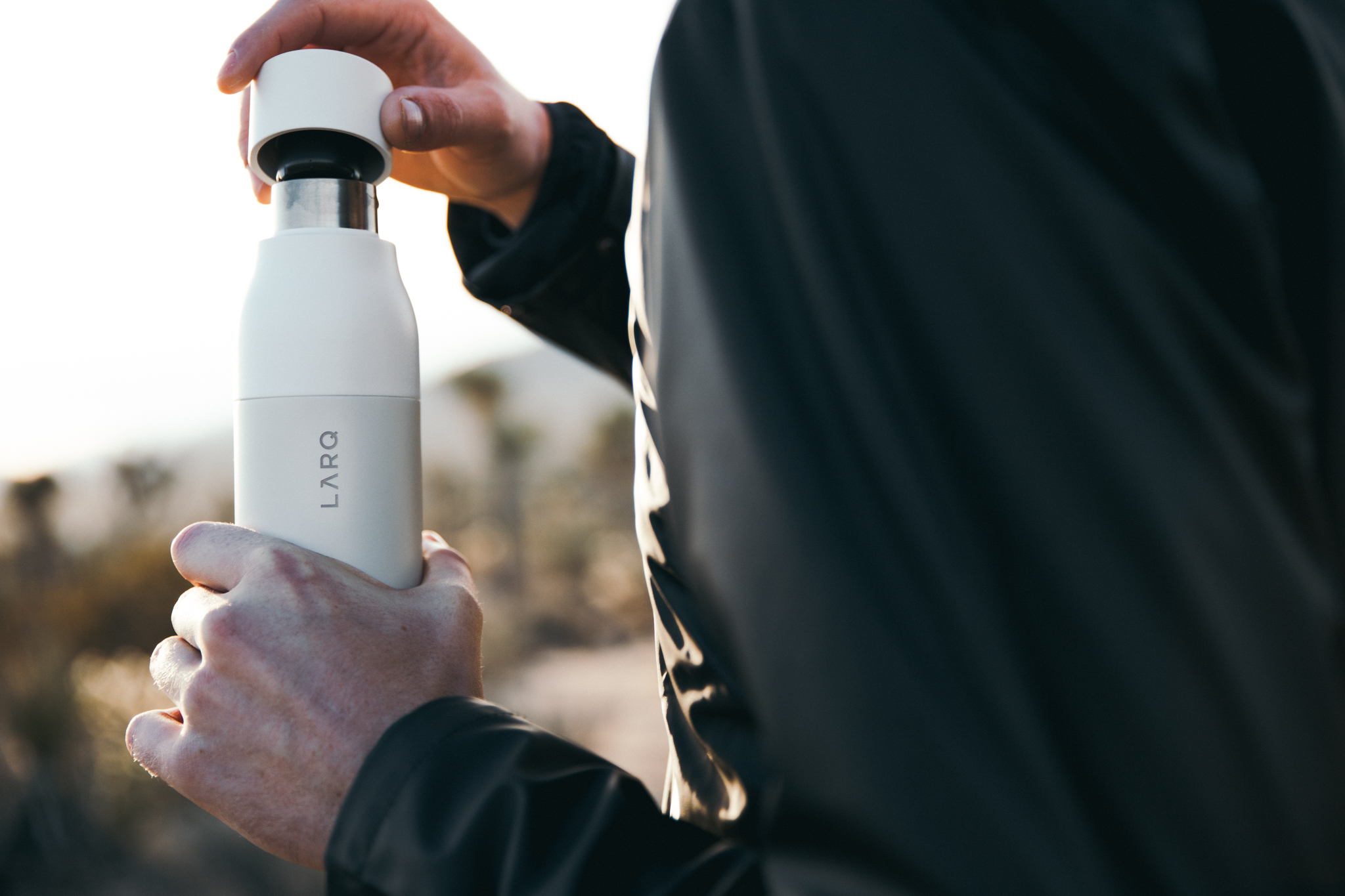
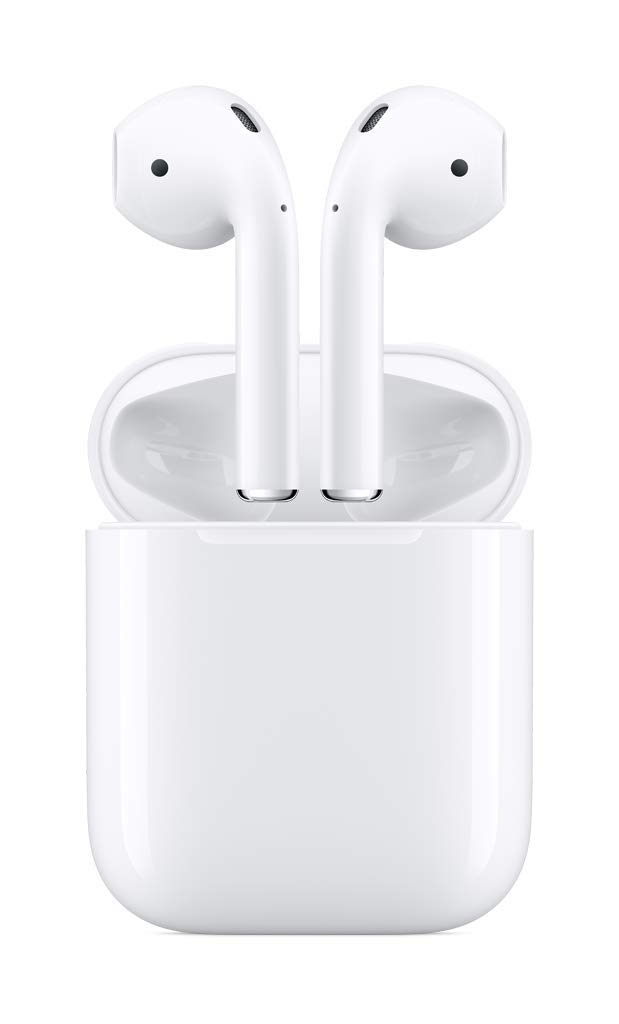
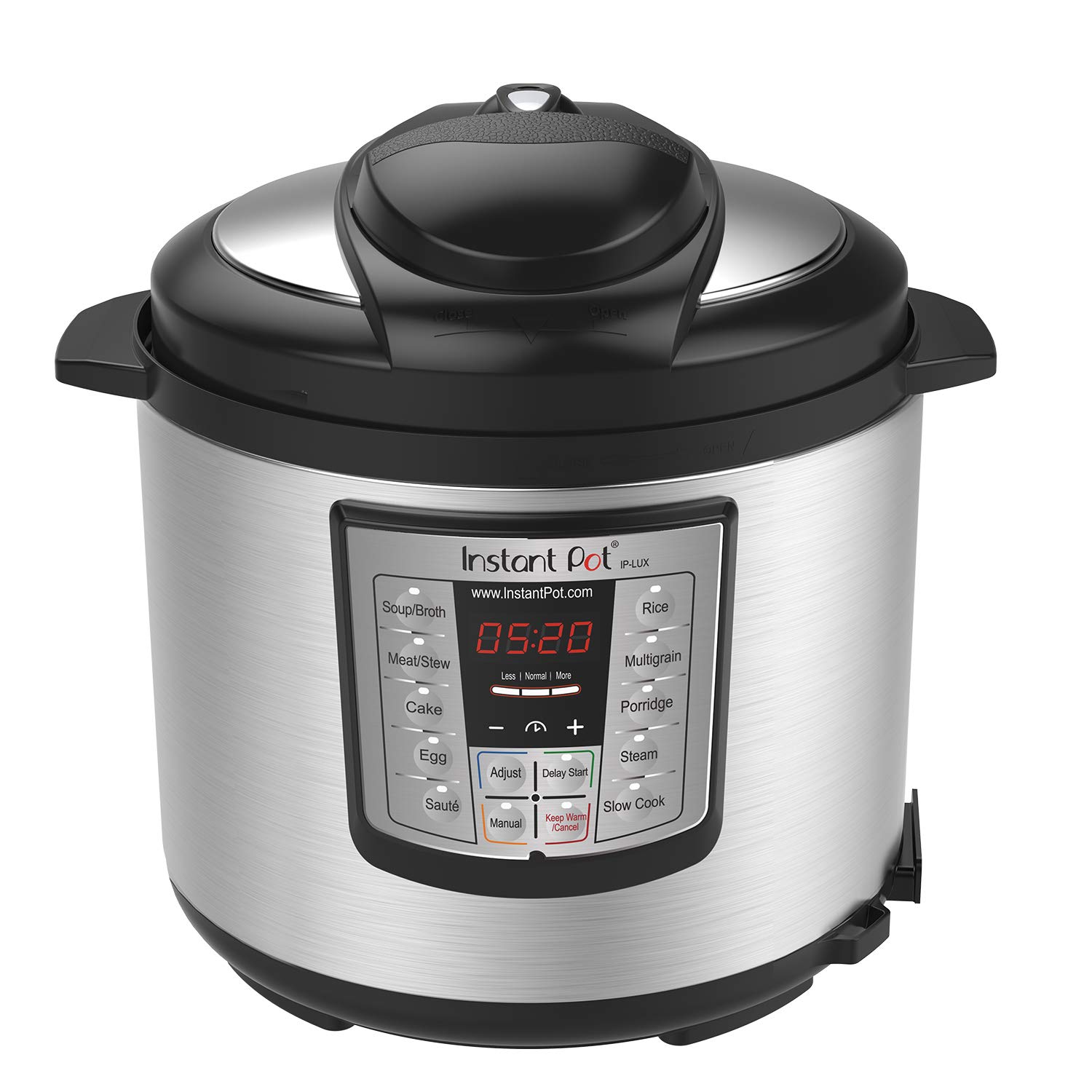

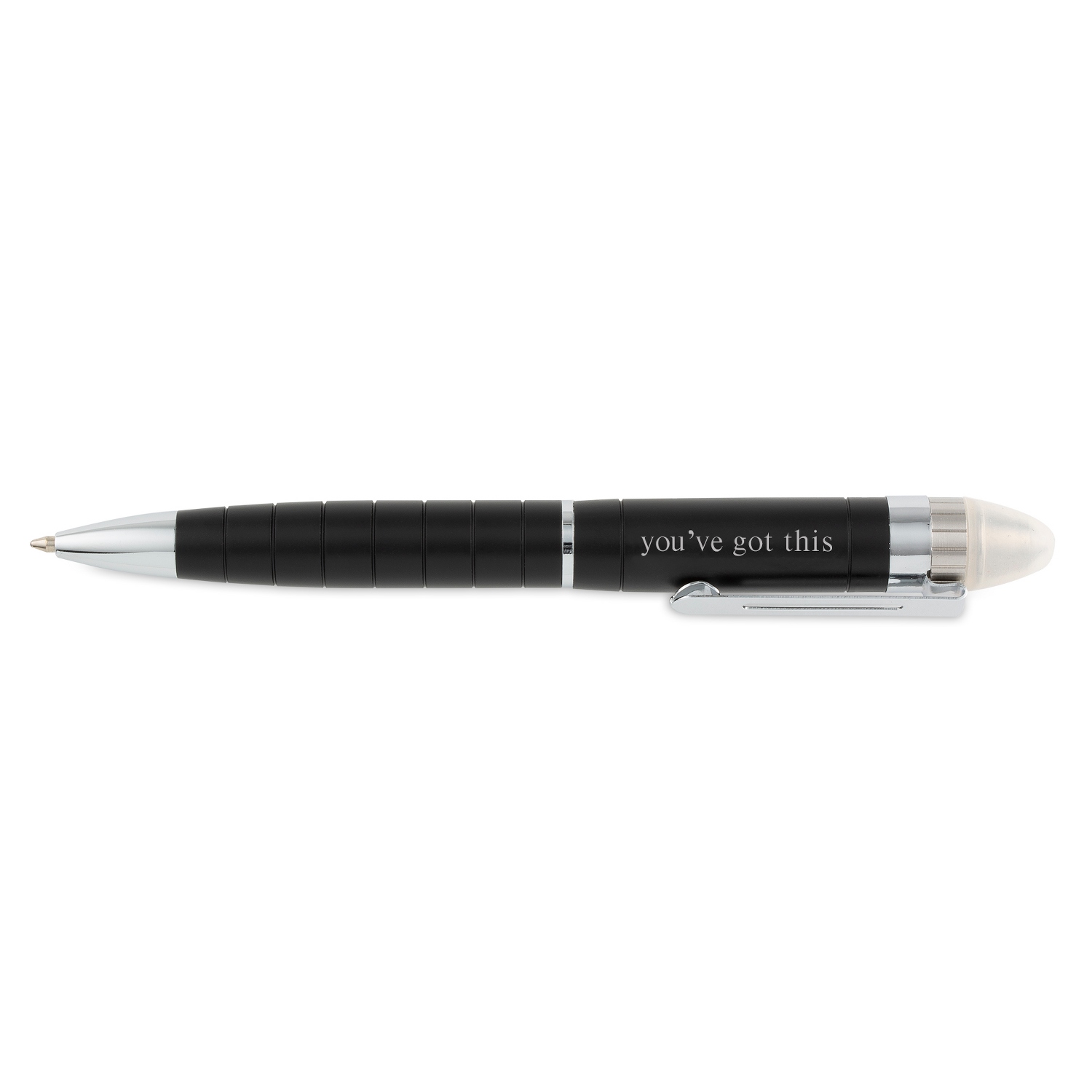

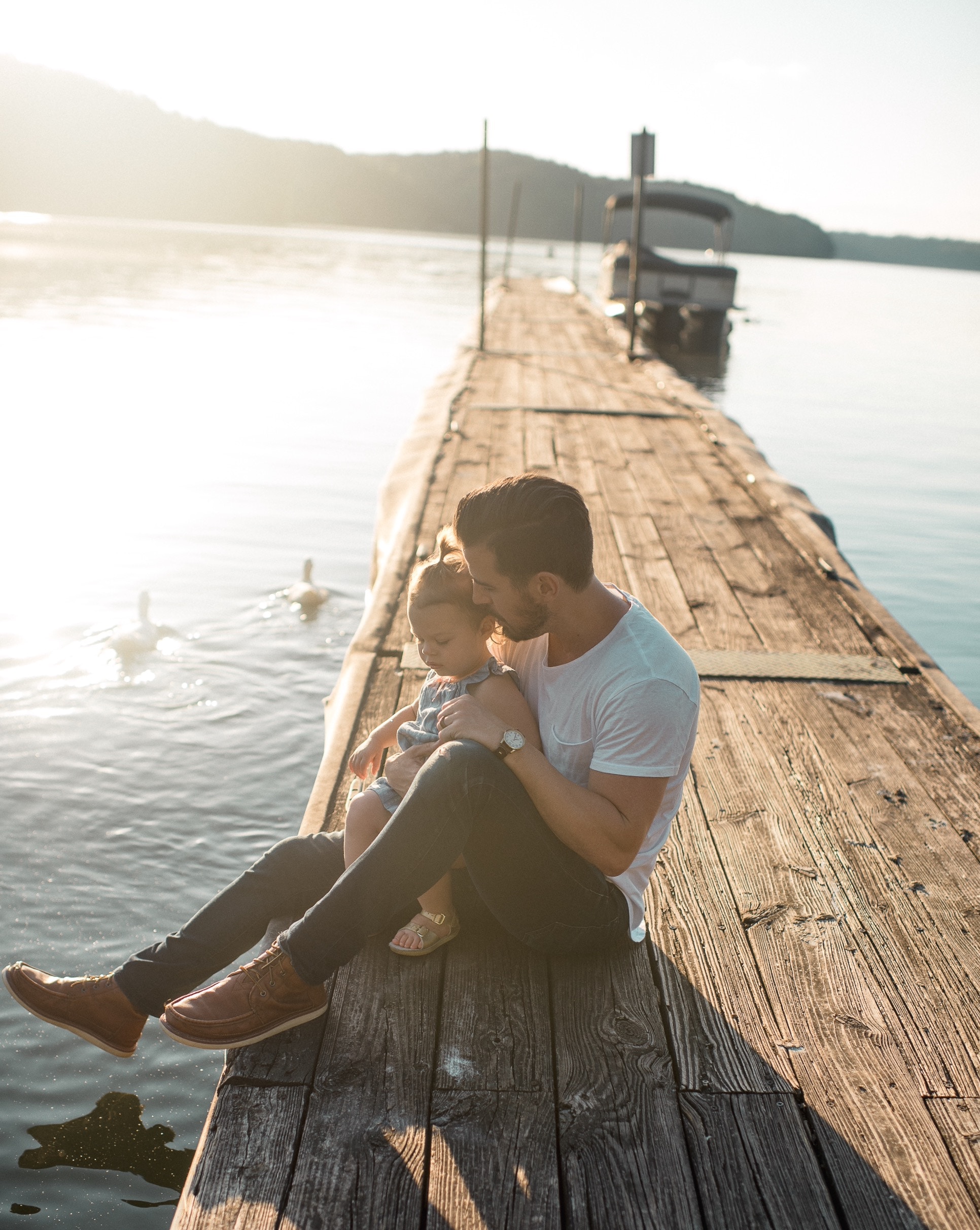 Photo by
Photo by 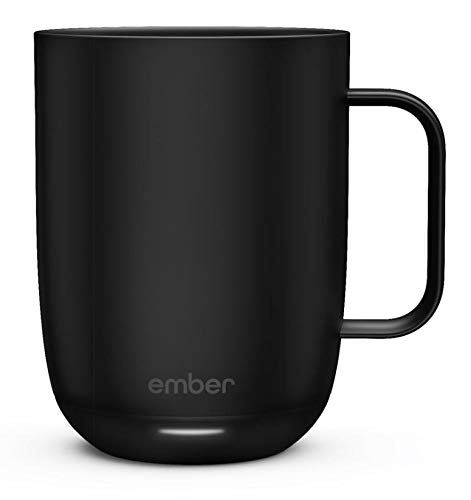

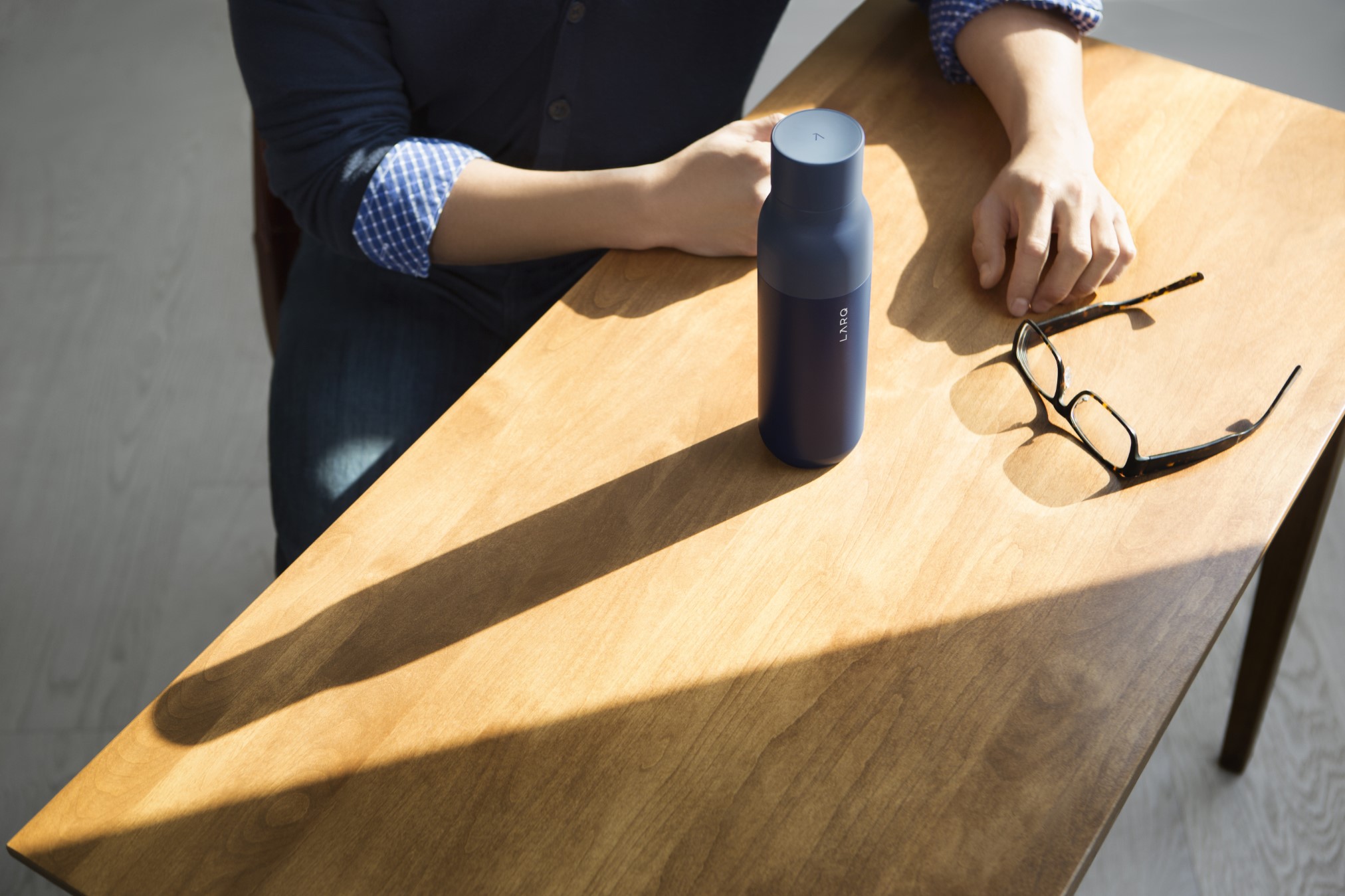

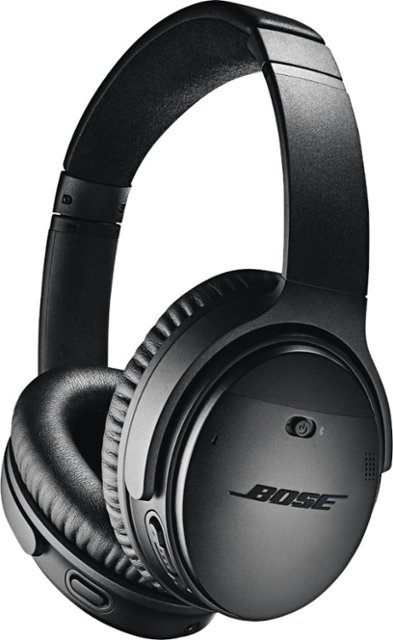
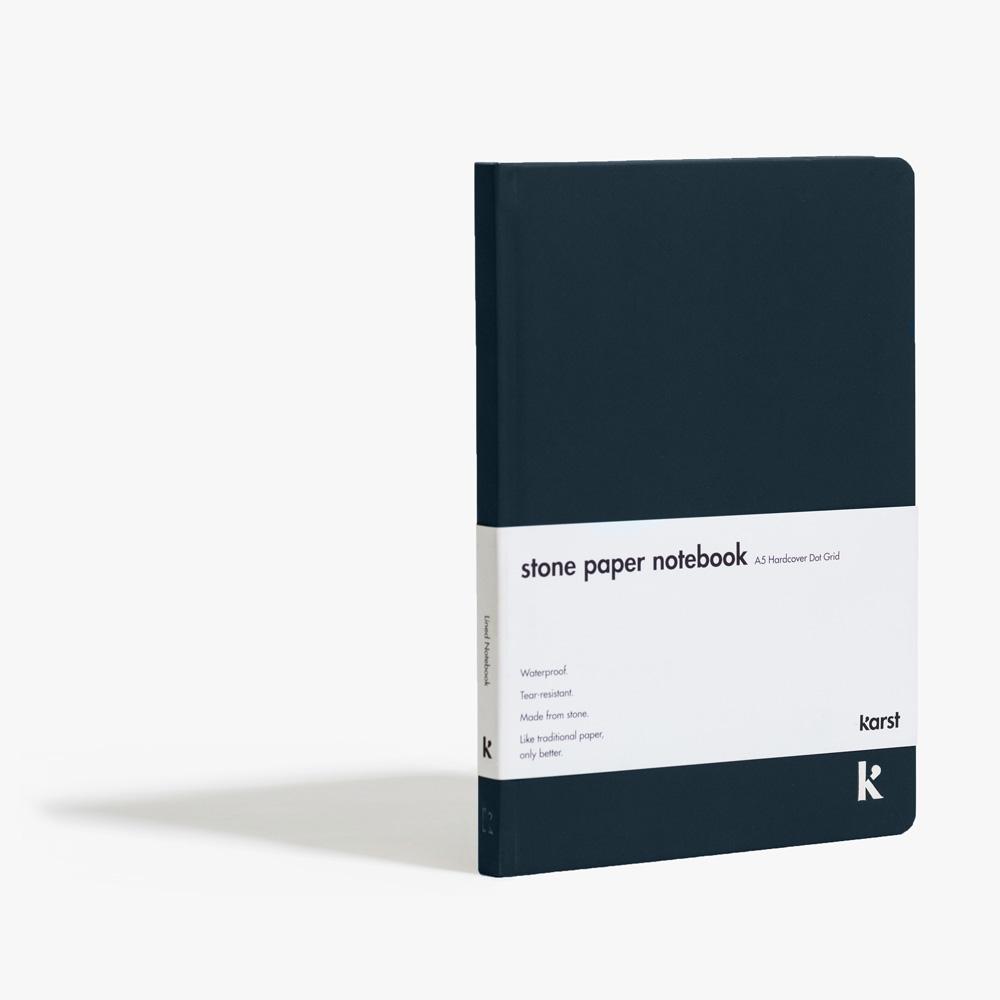
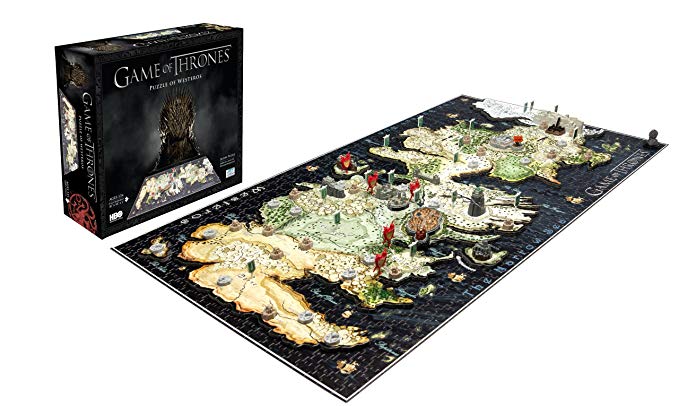
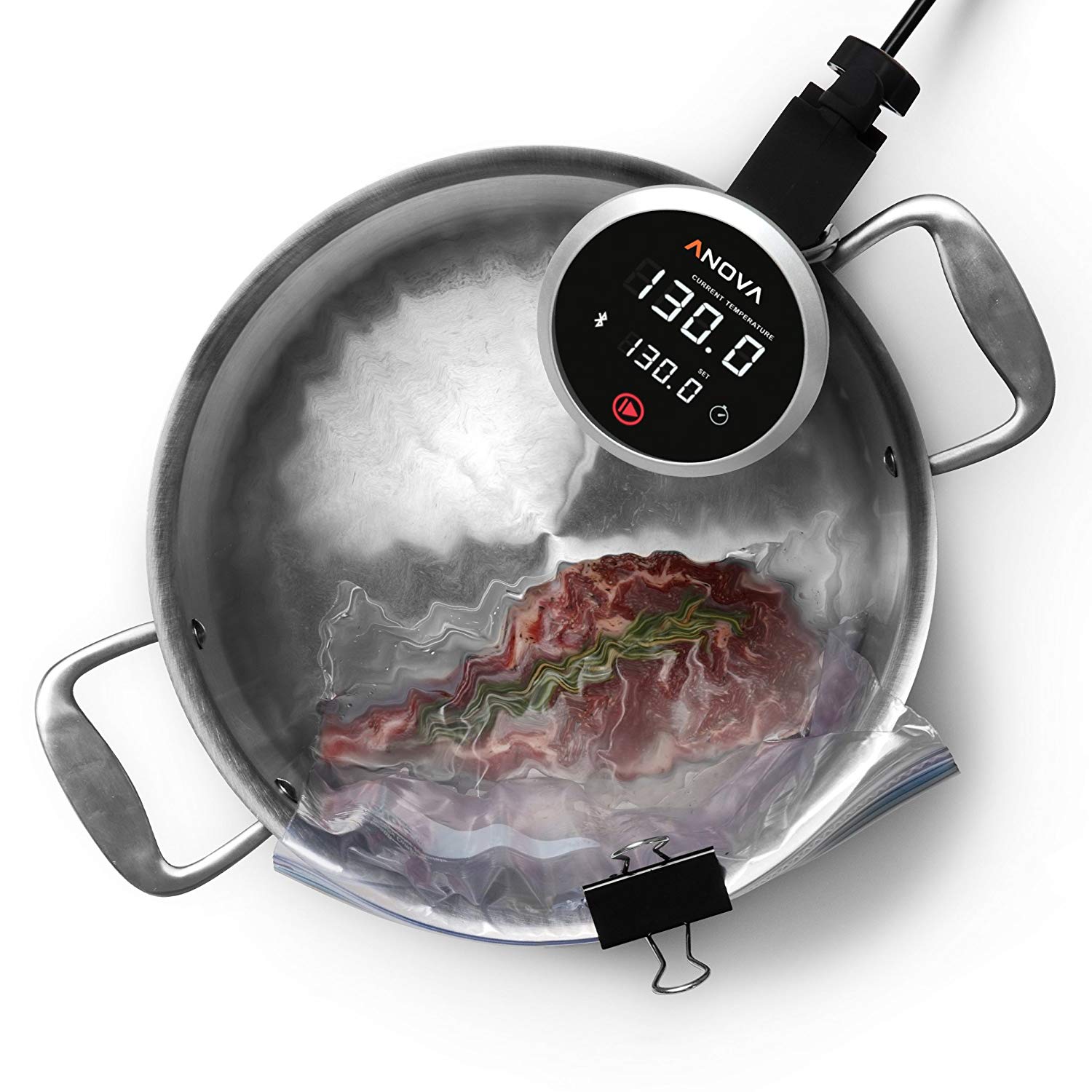
 Photo by
Photo by 